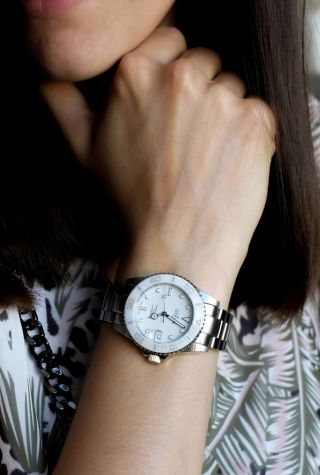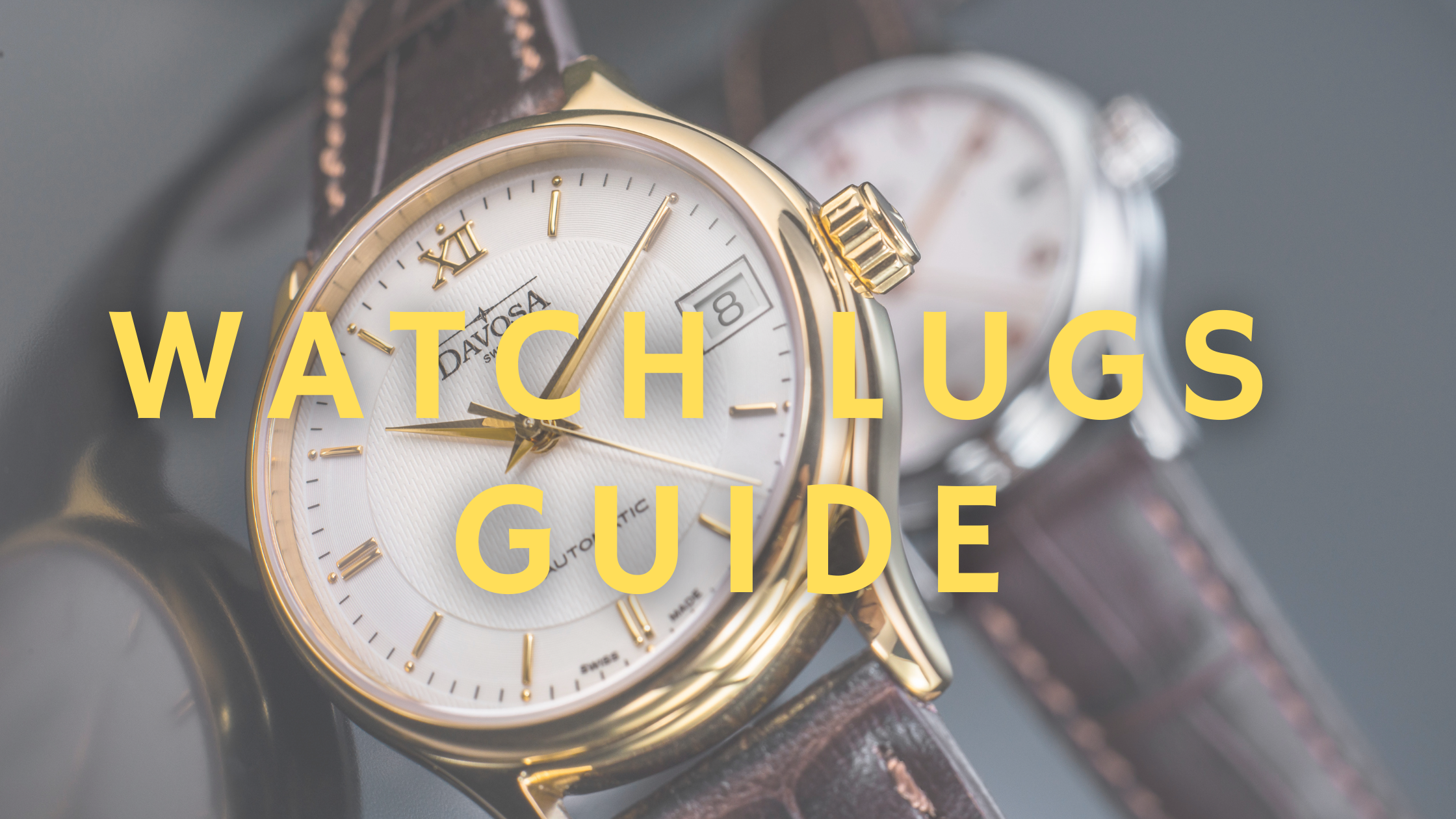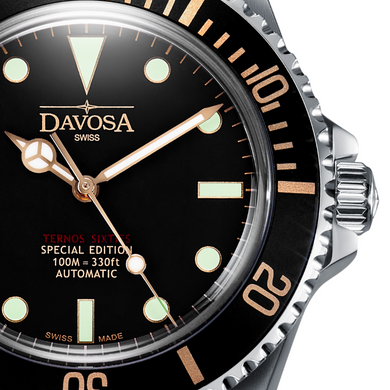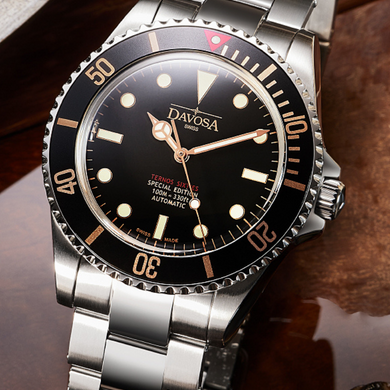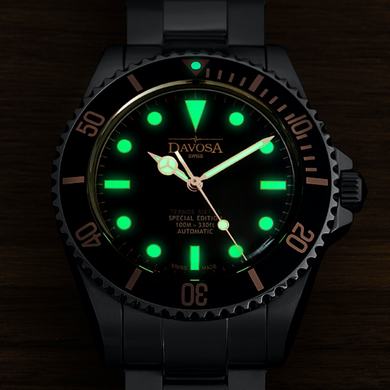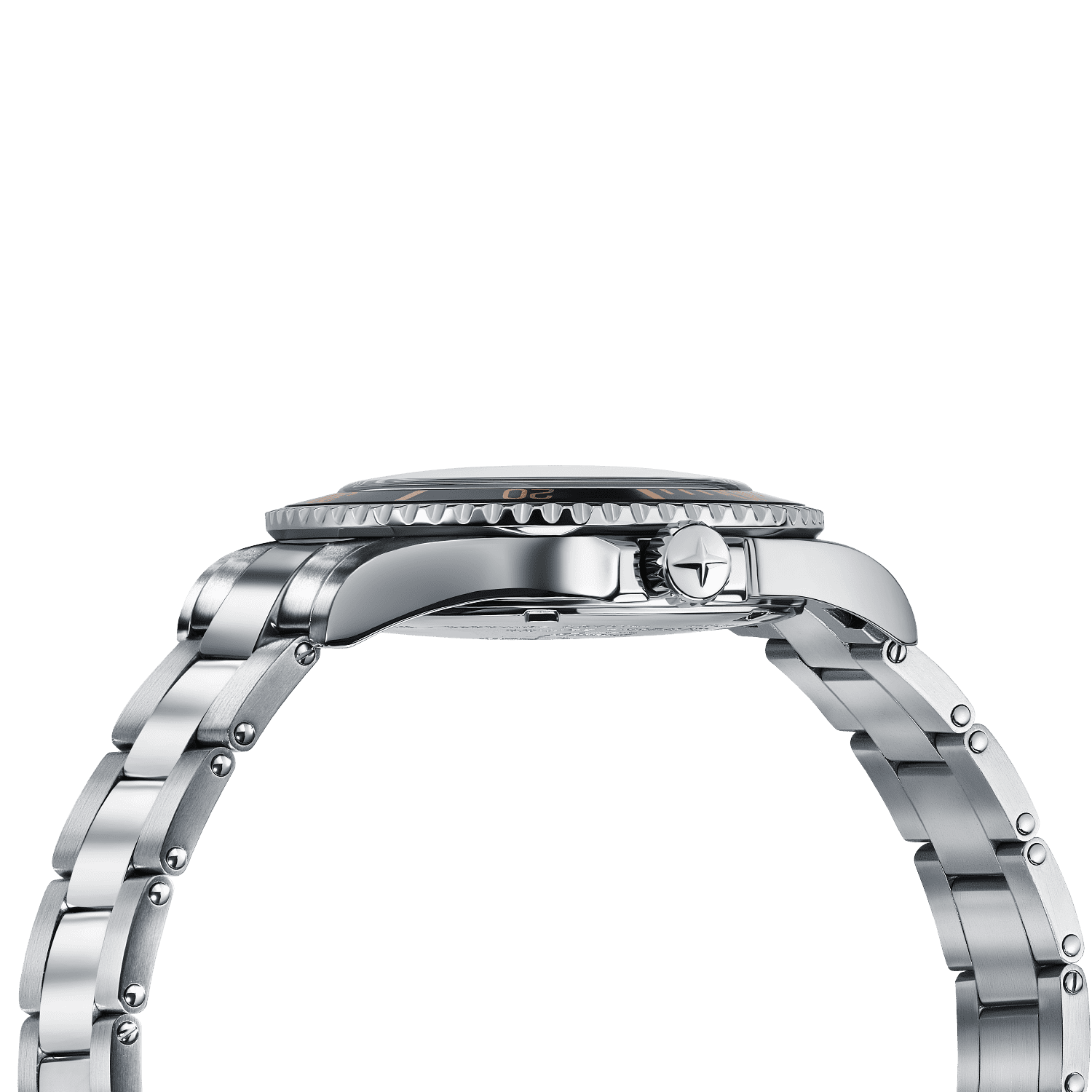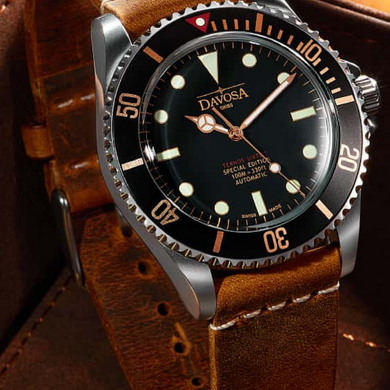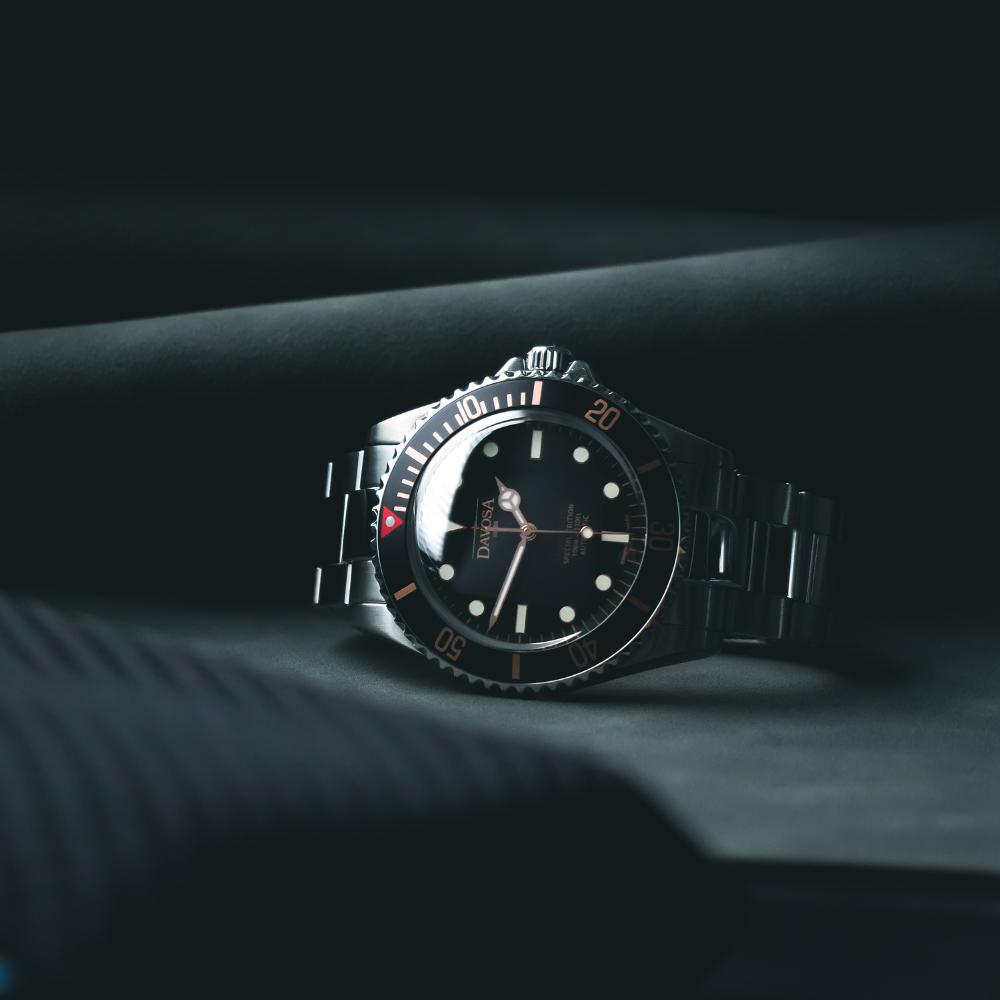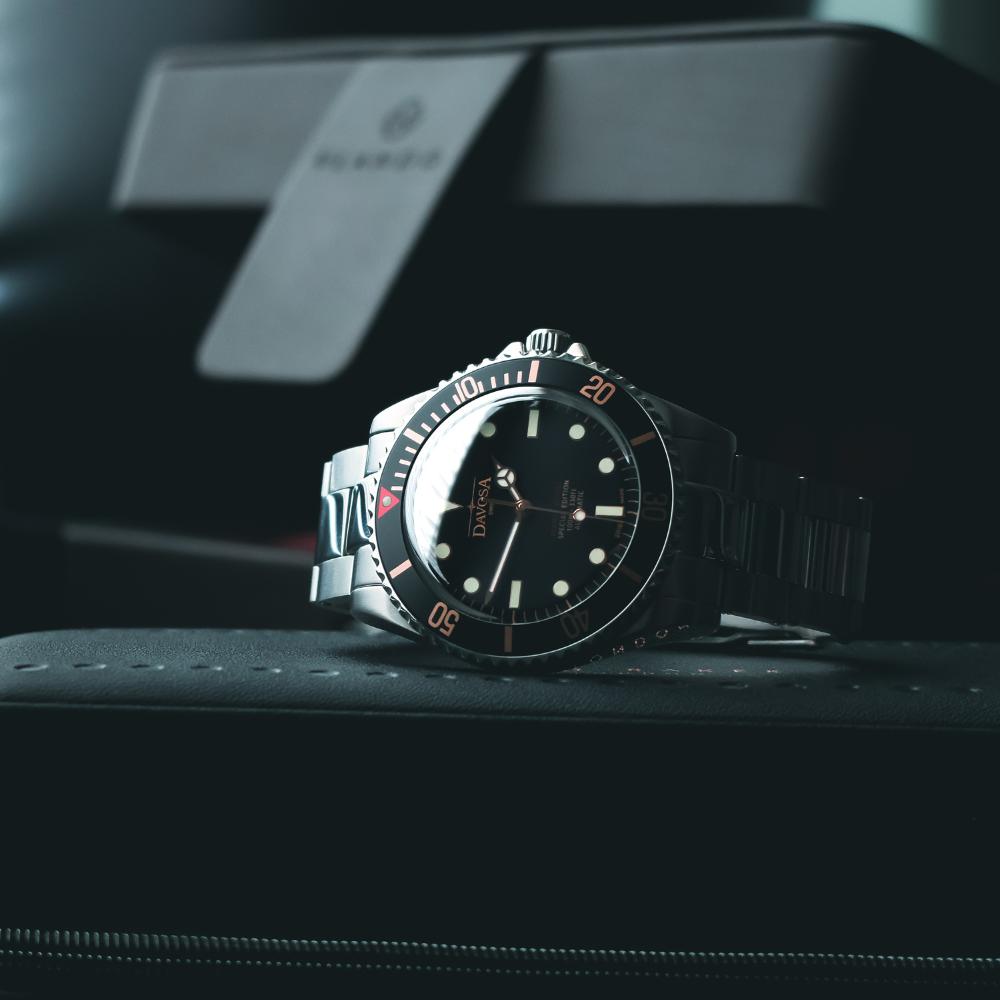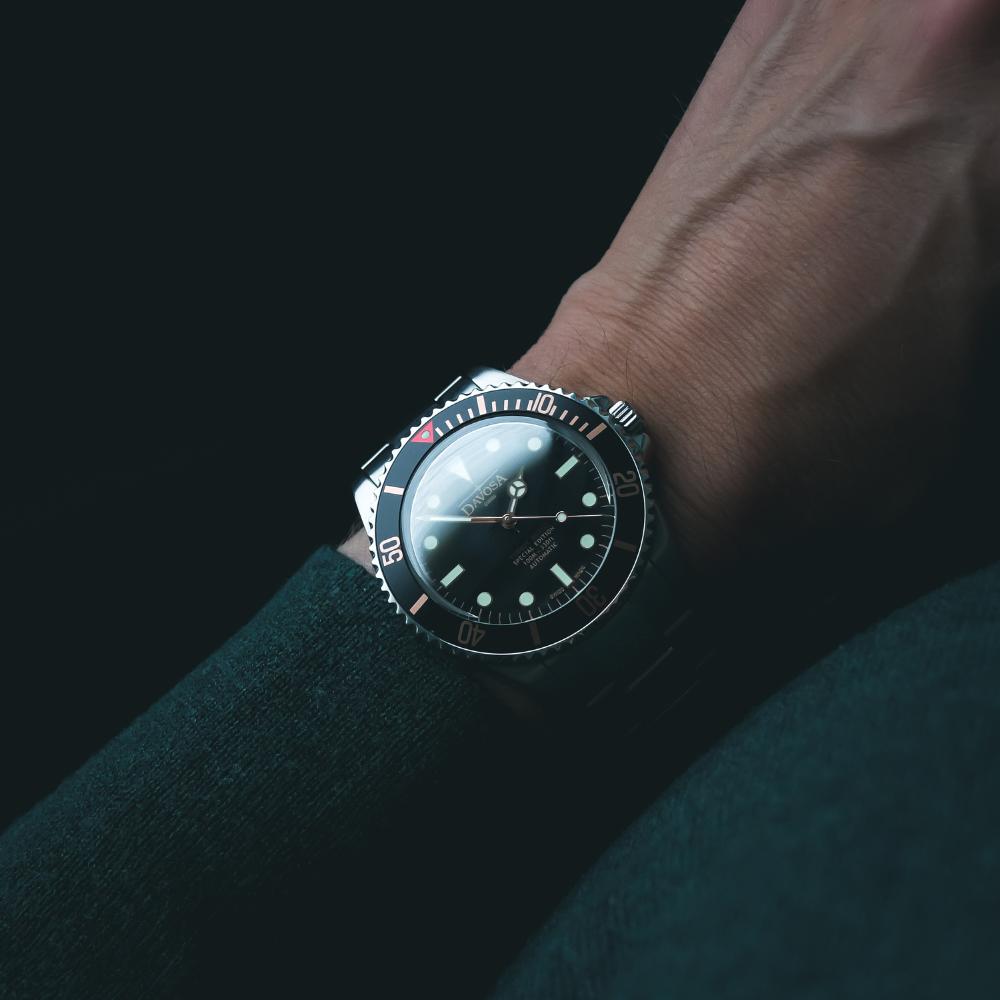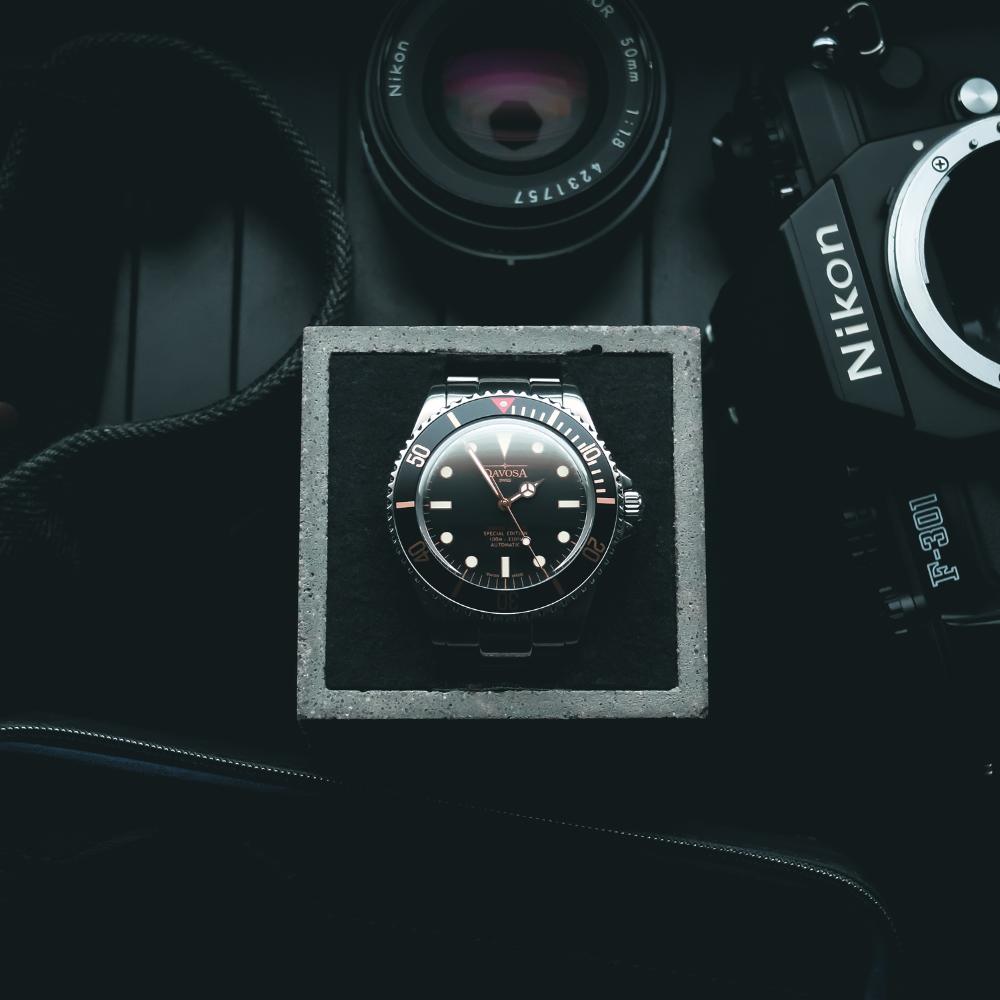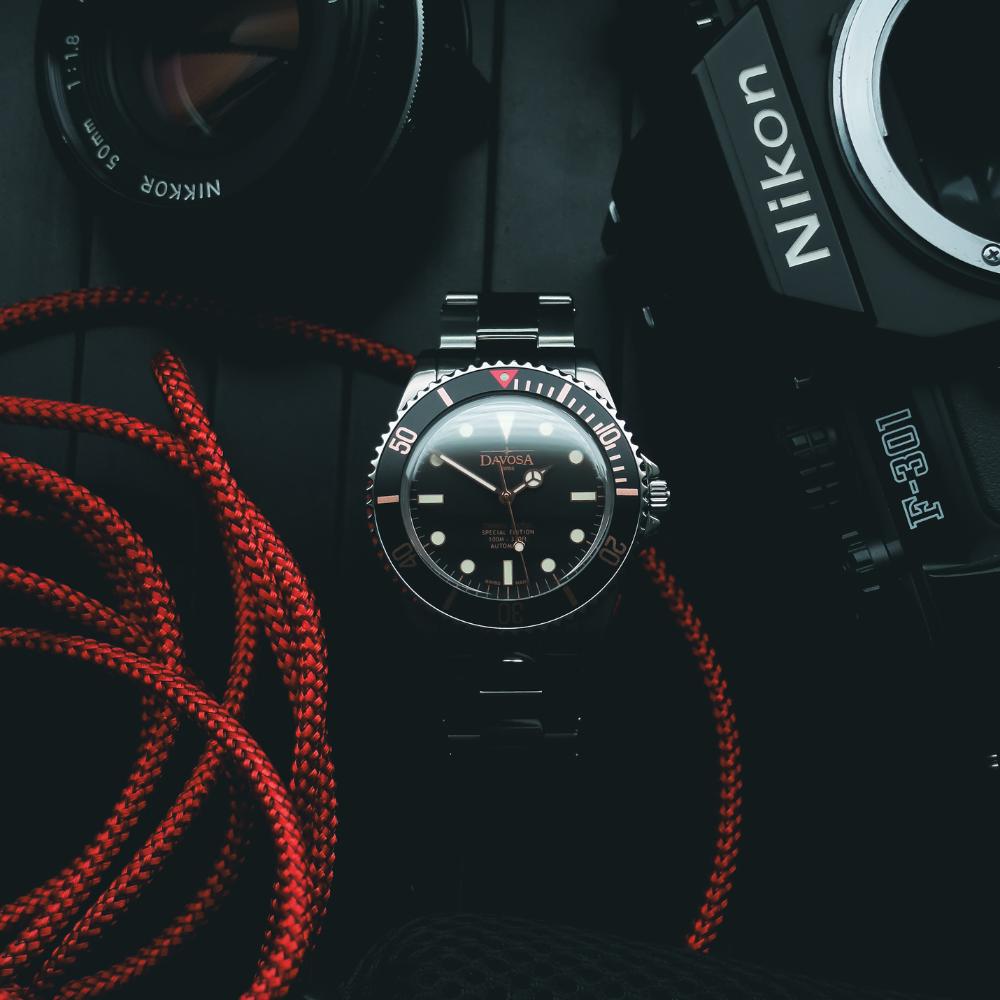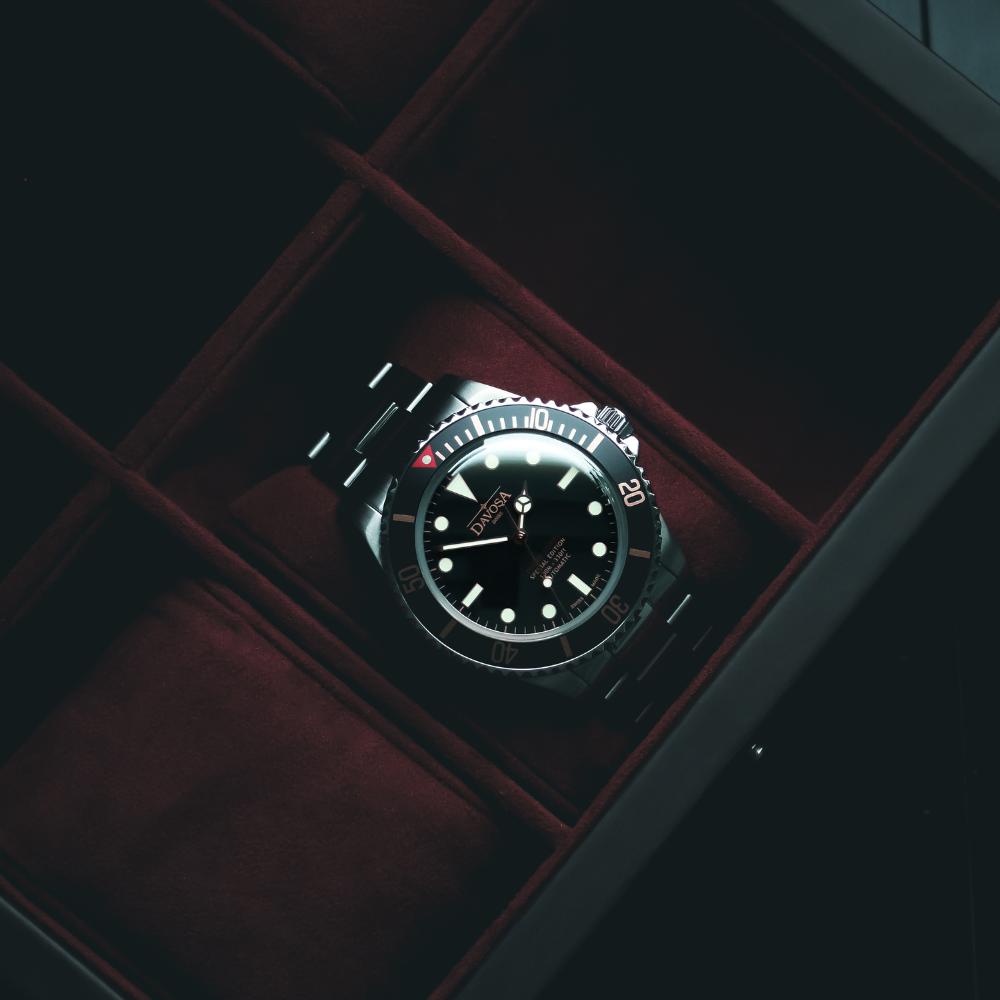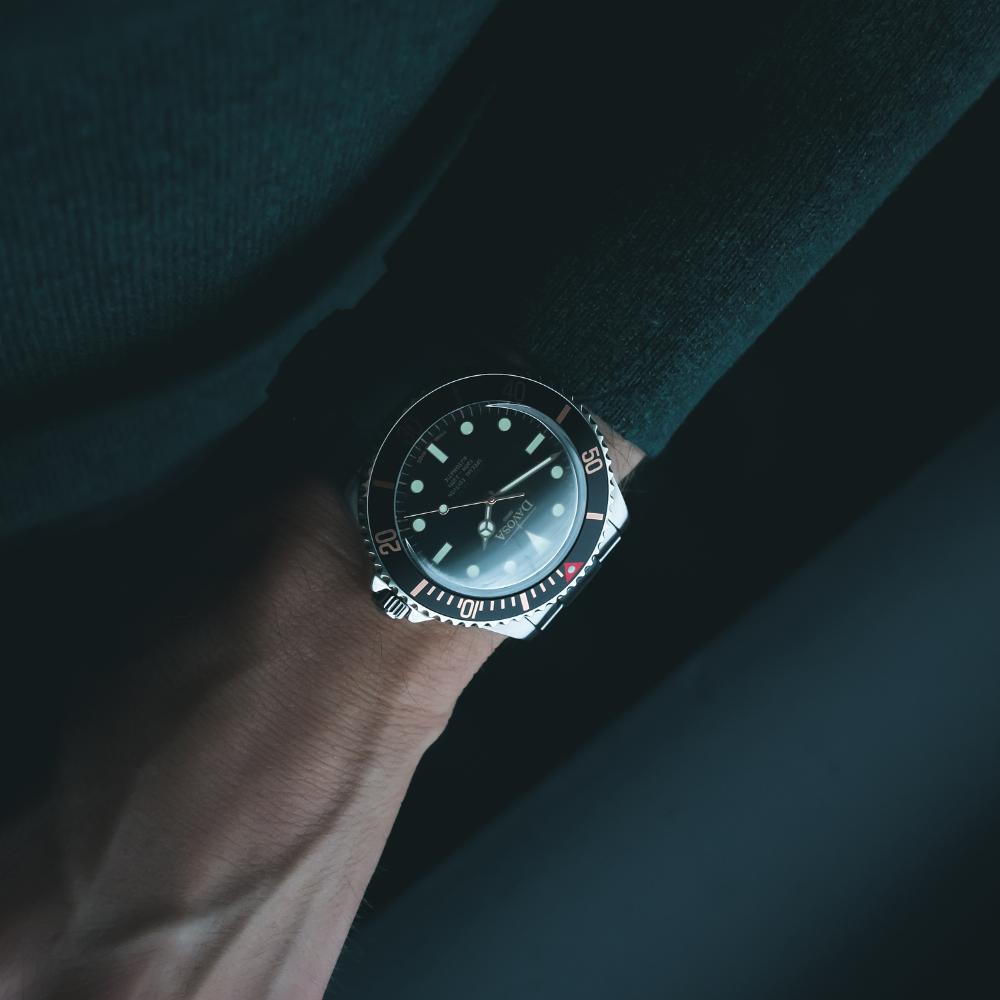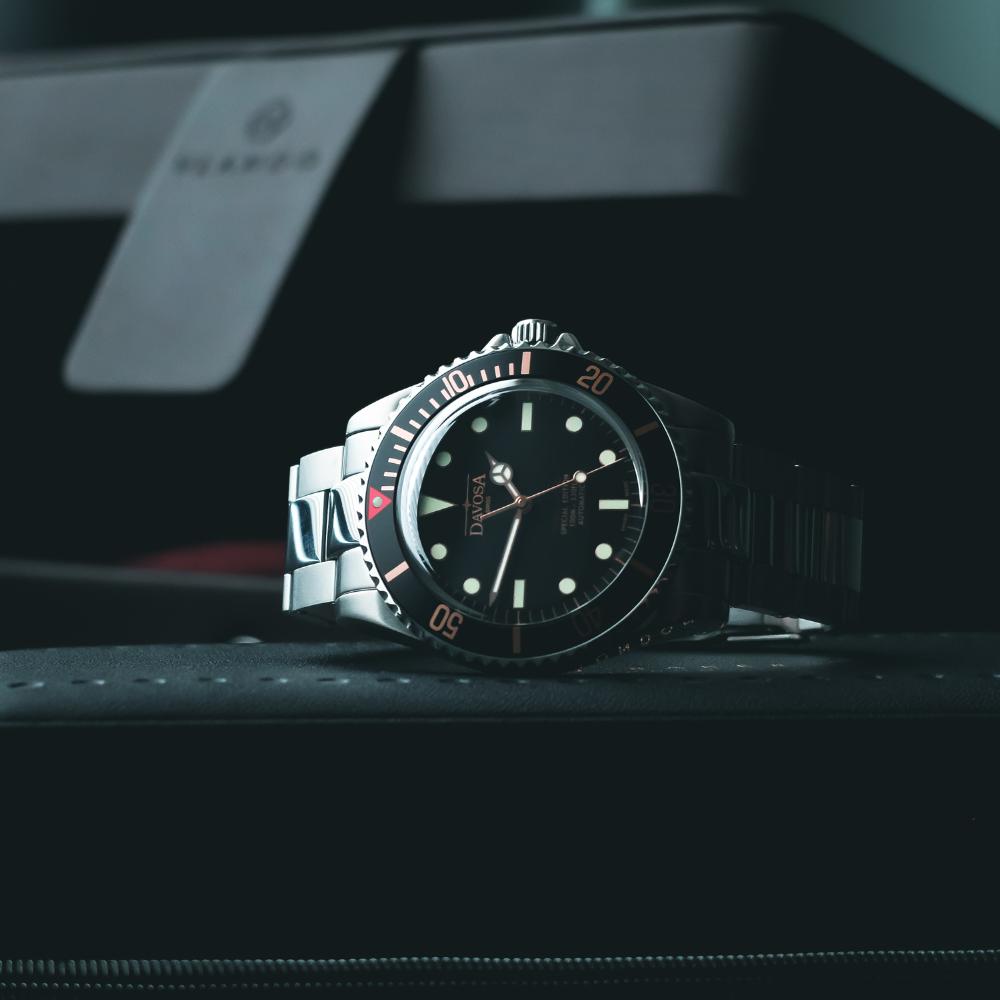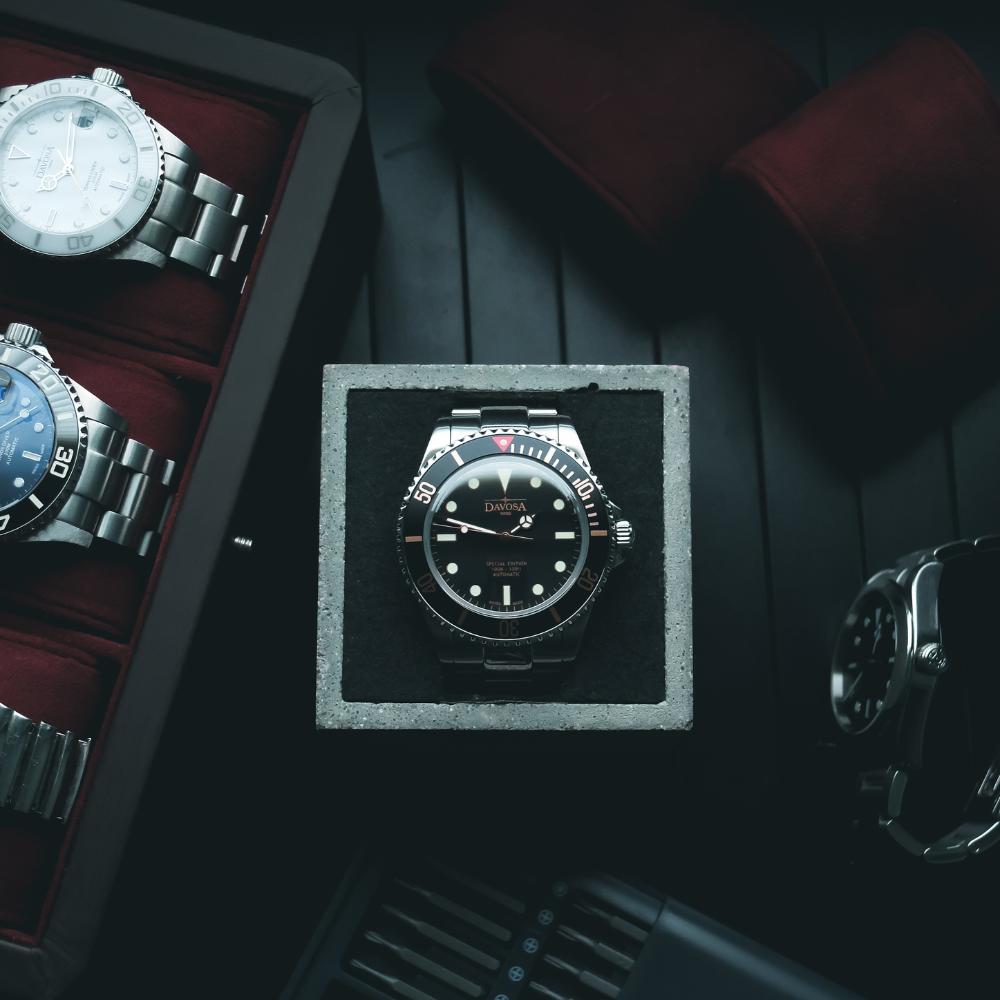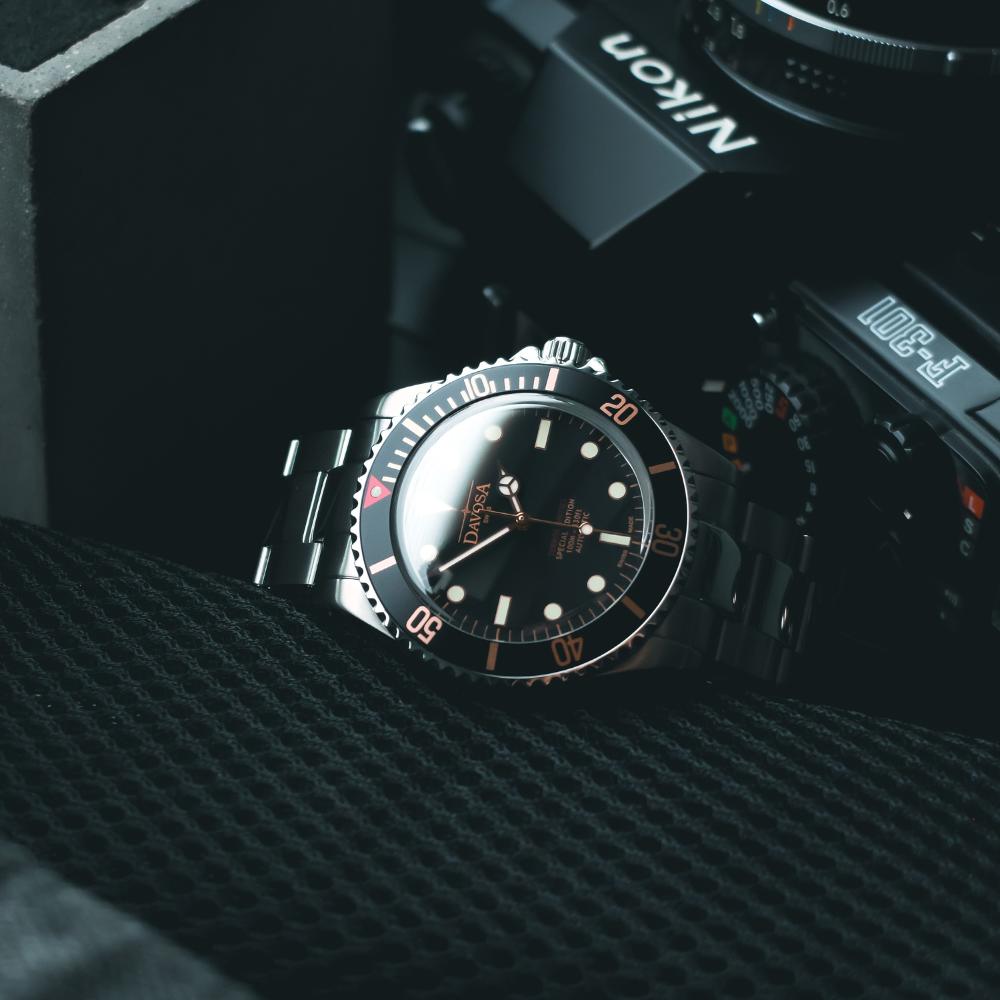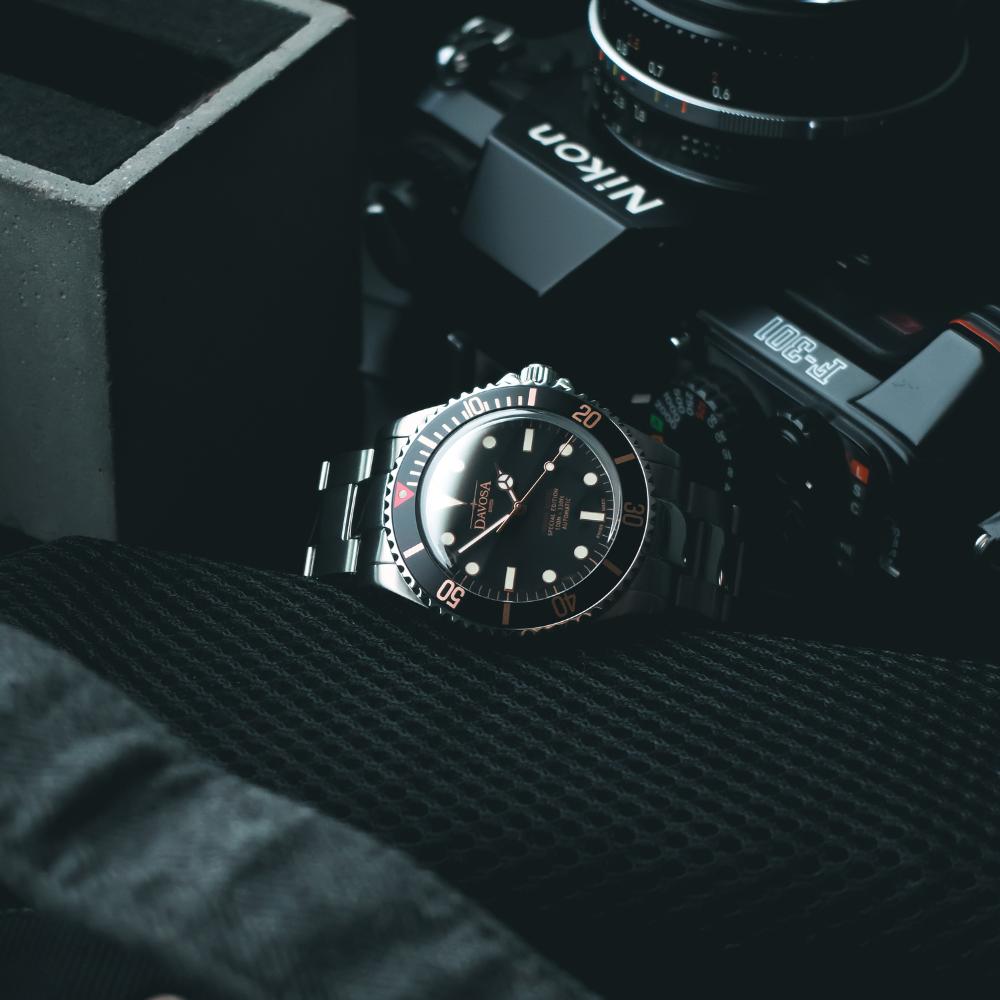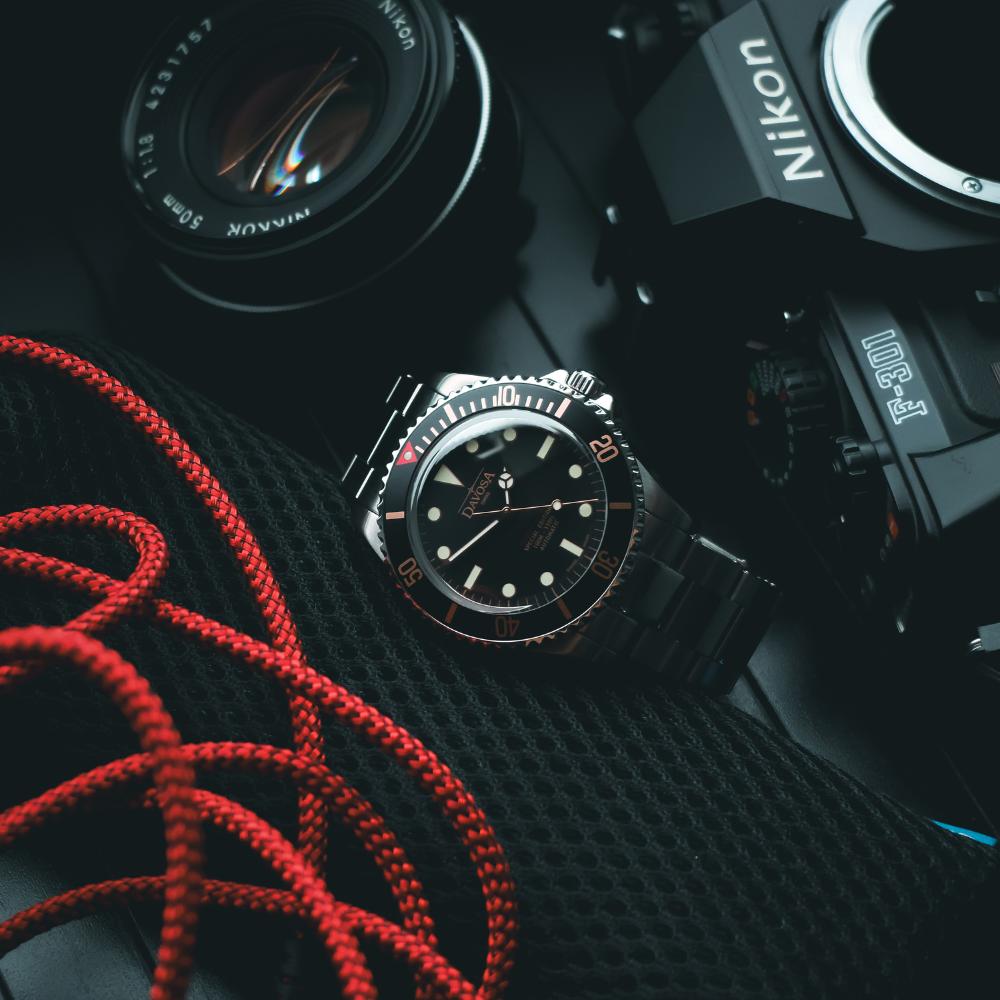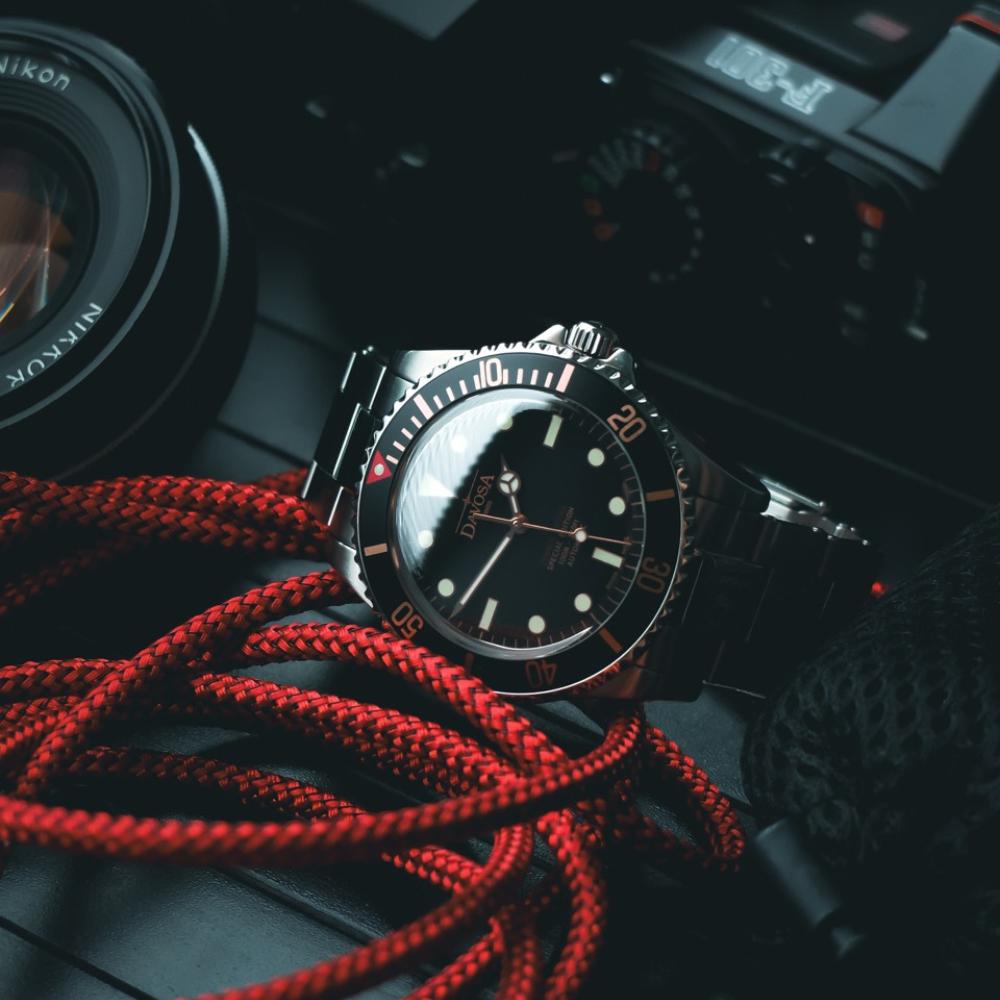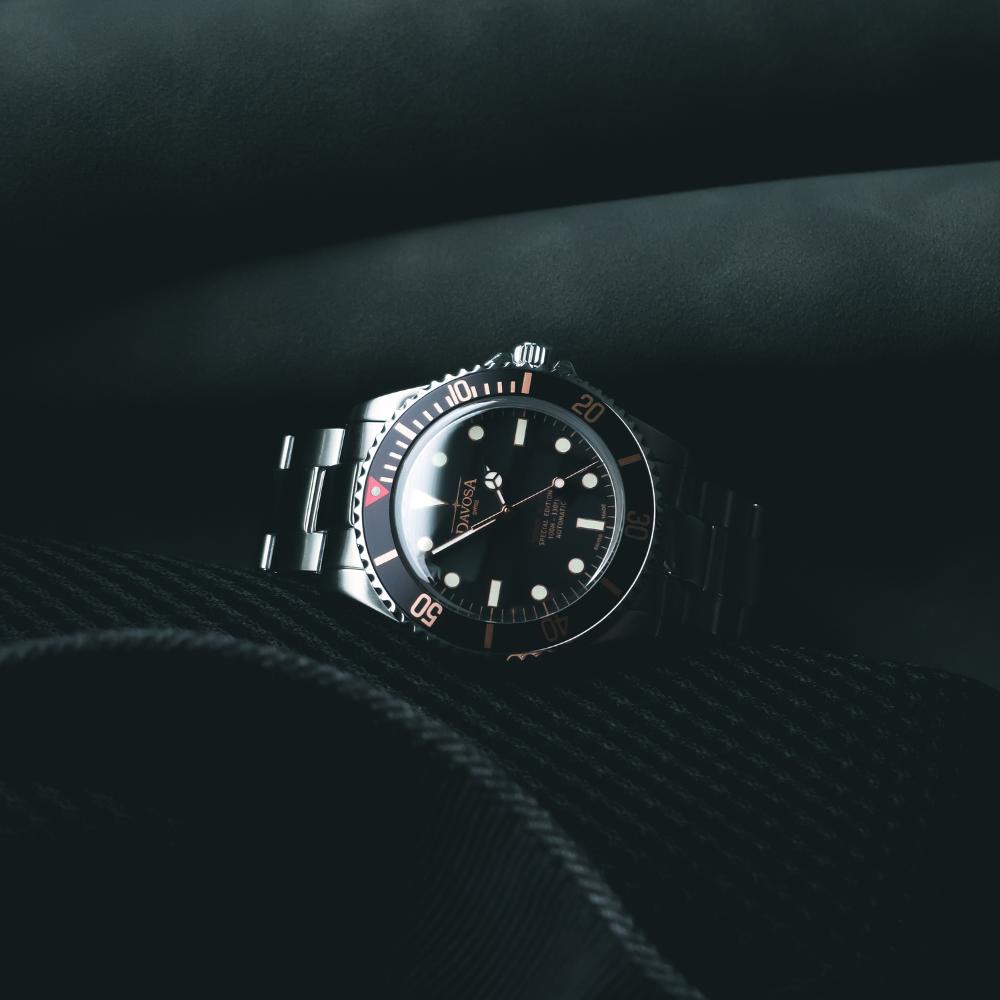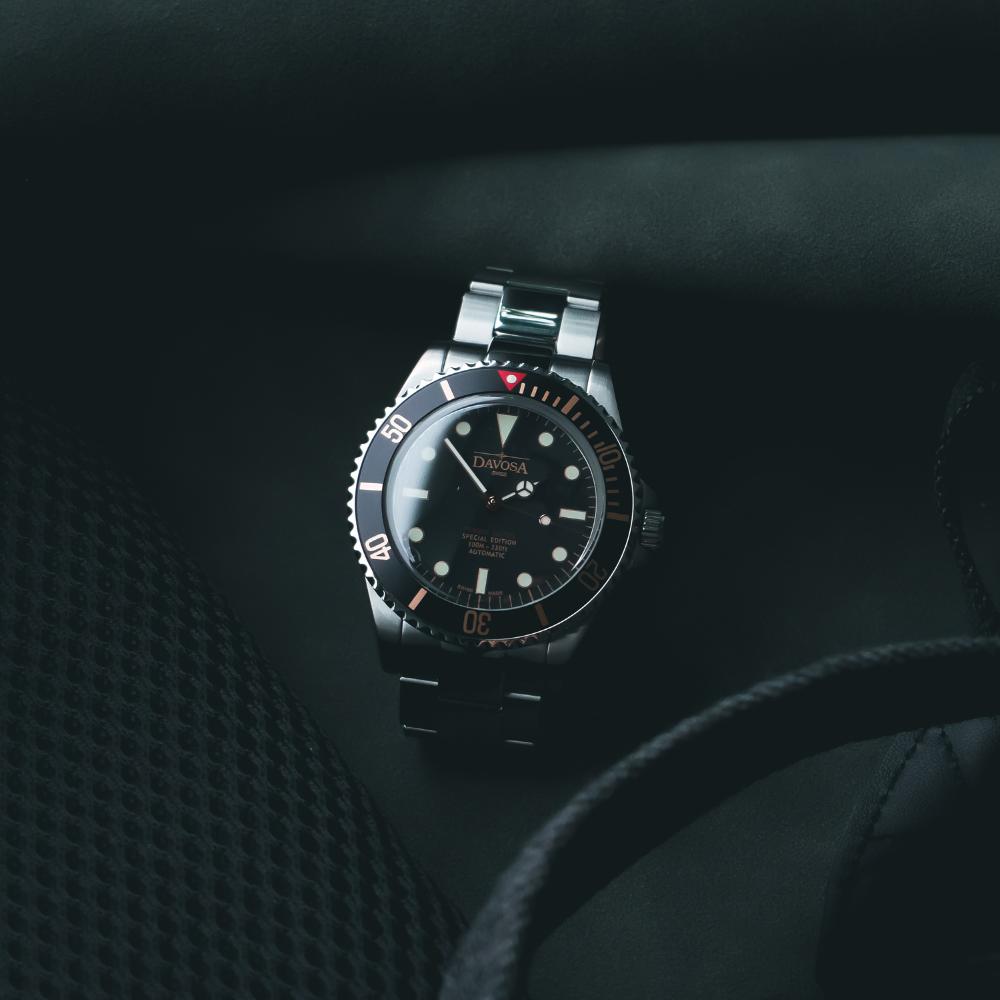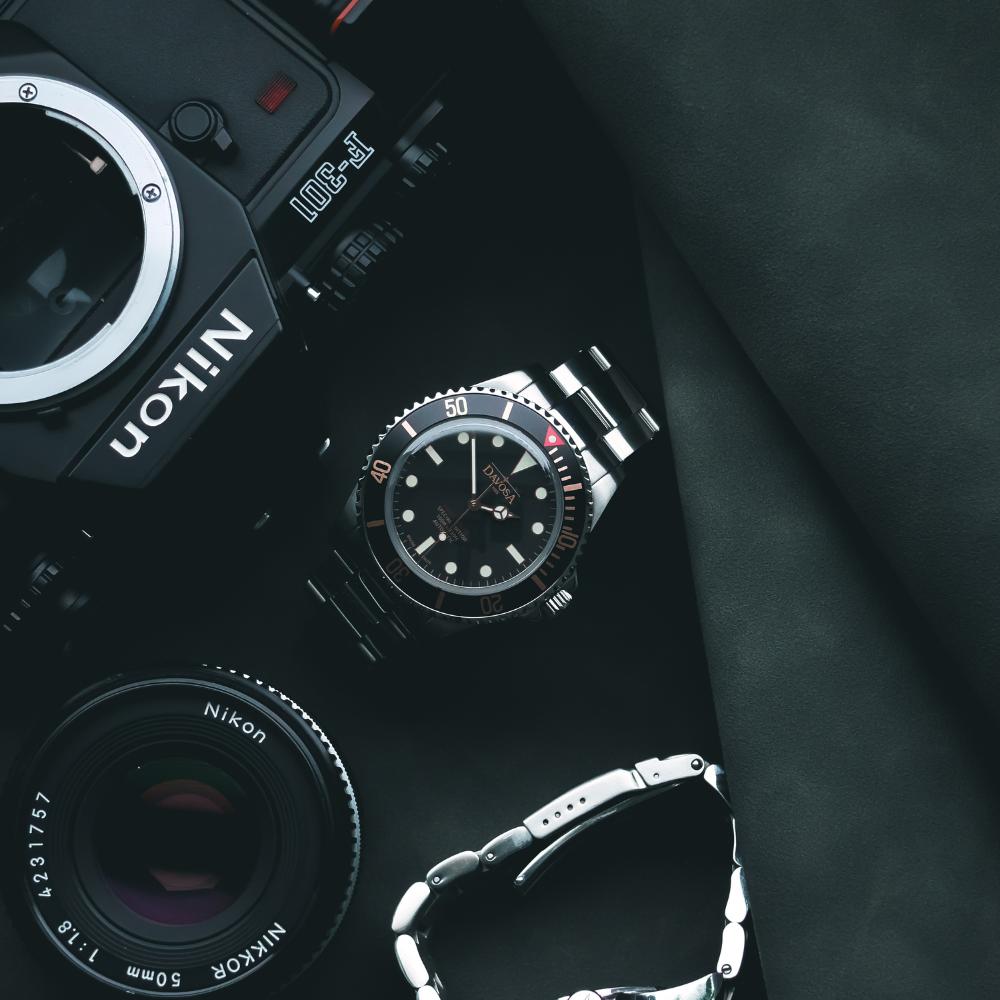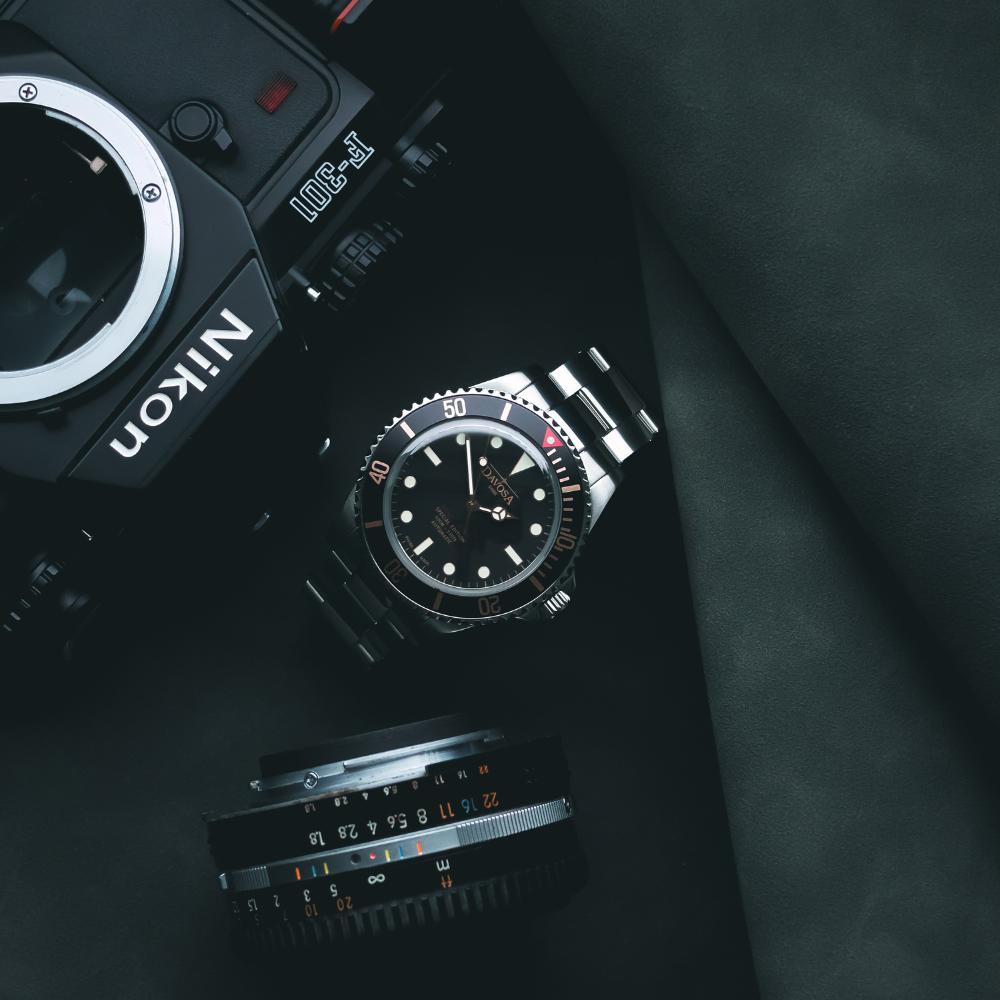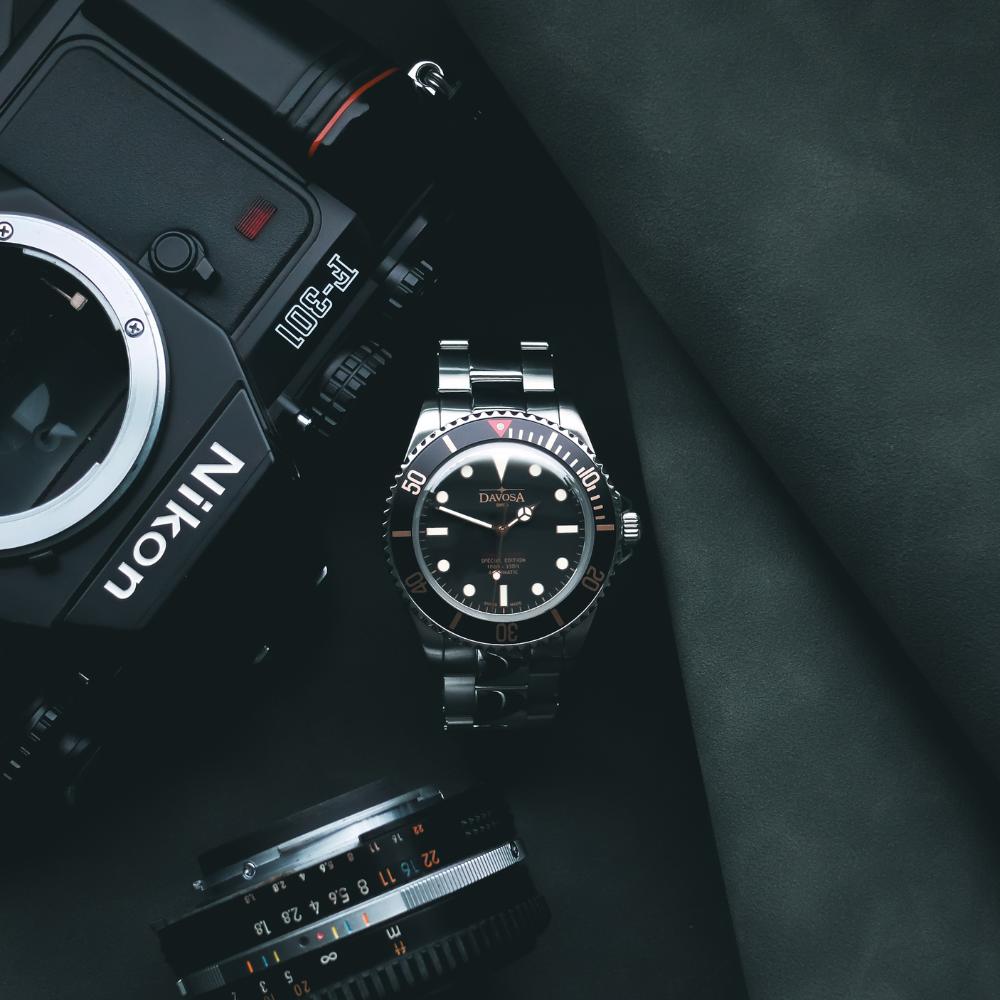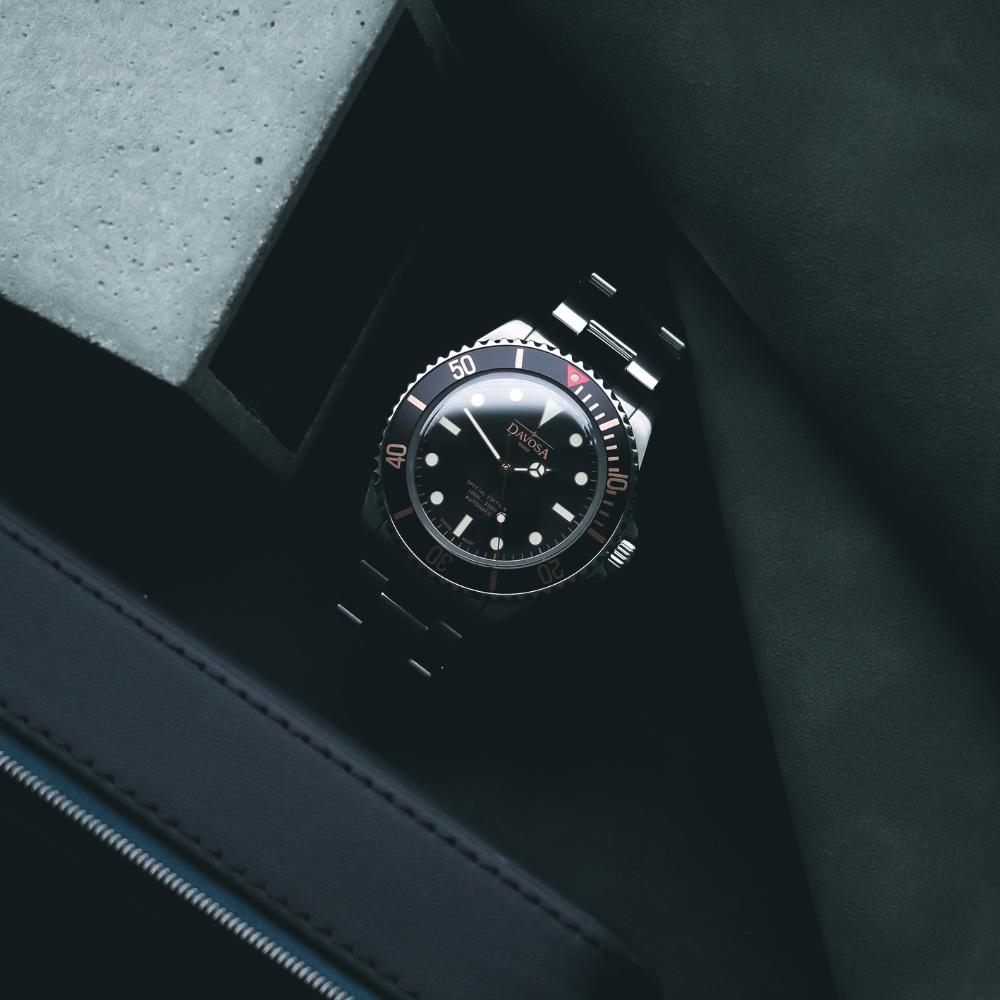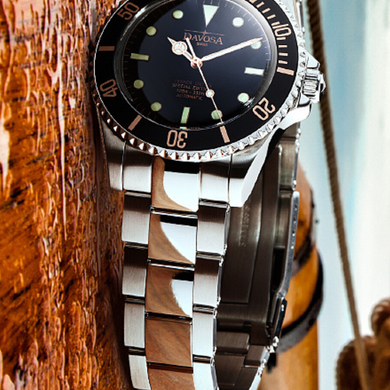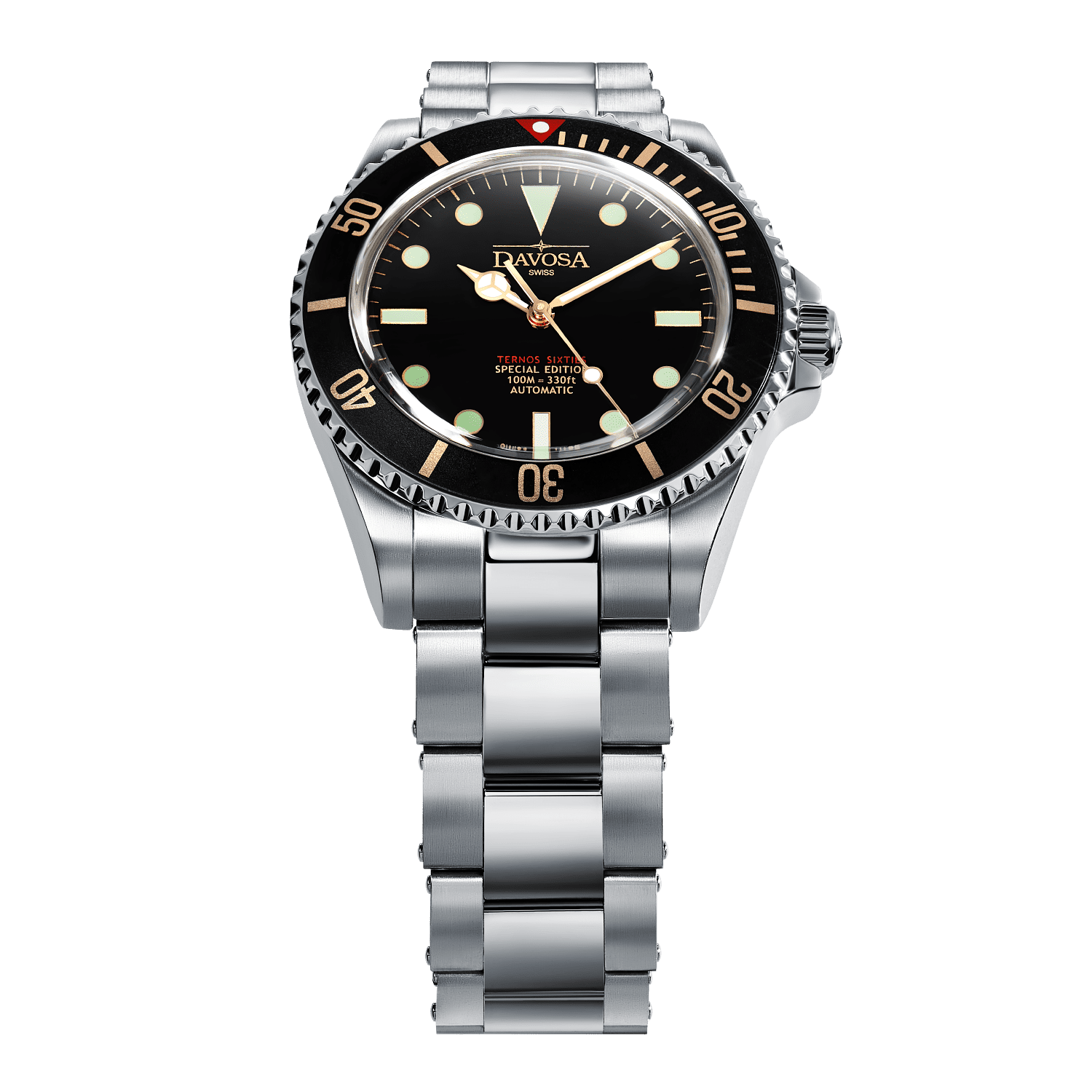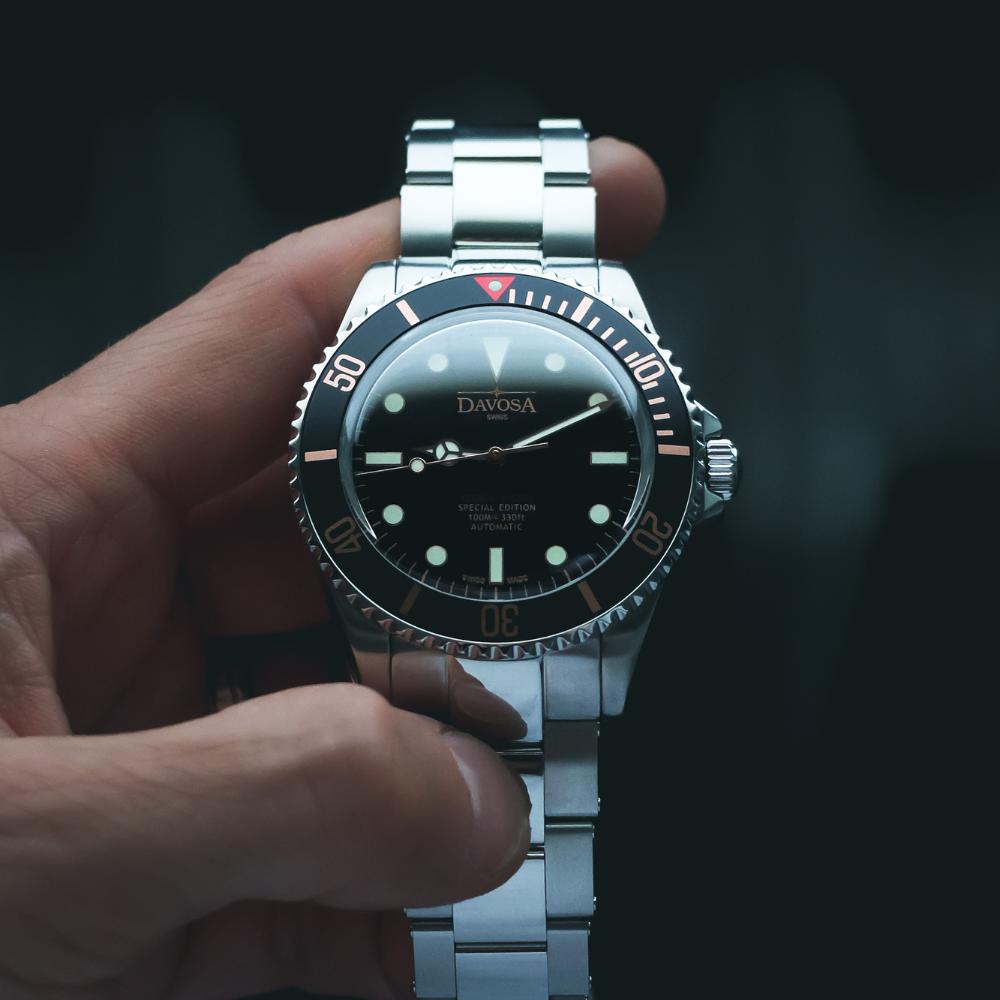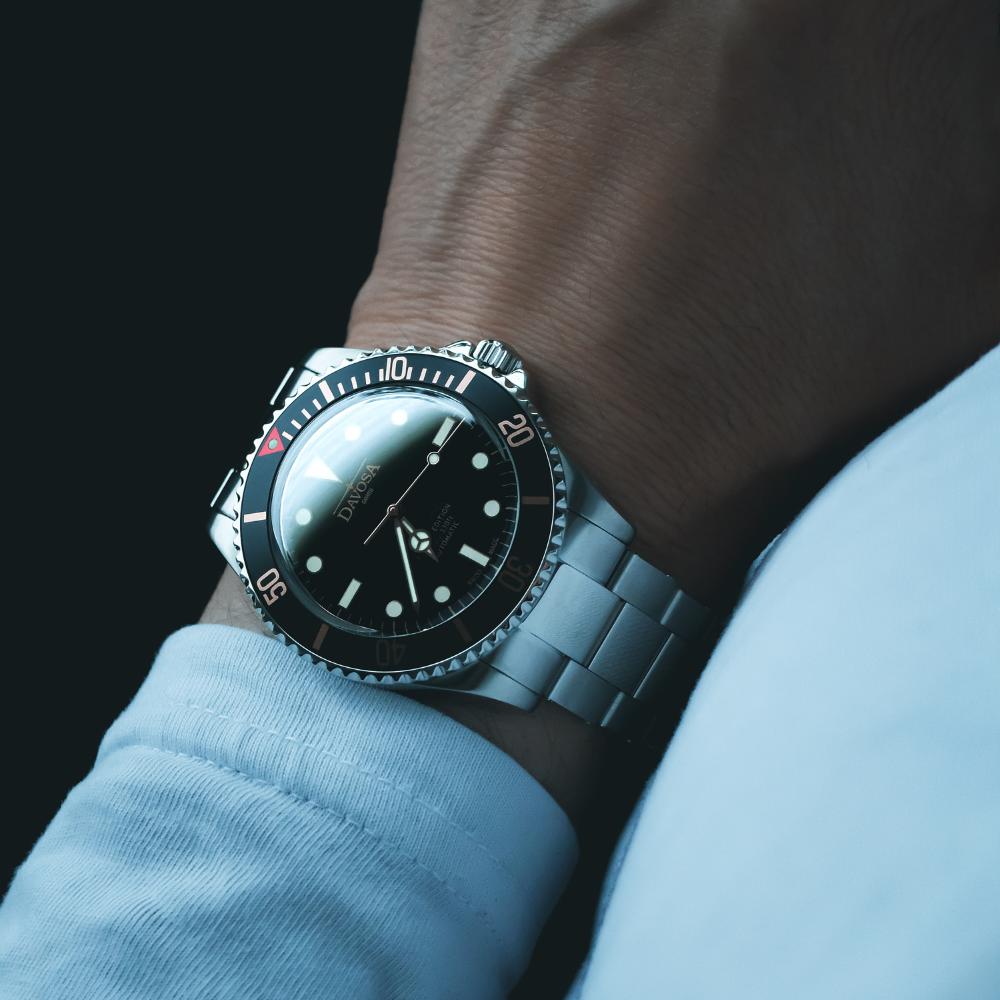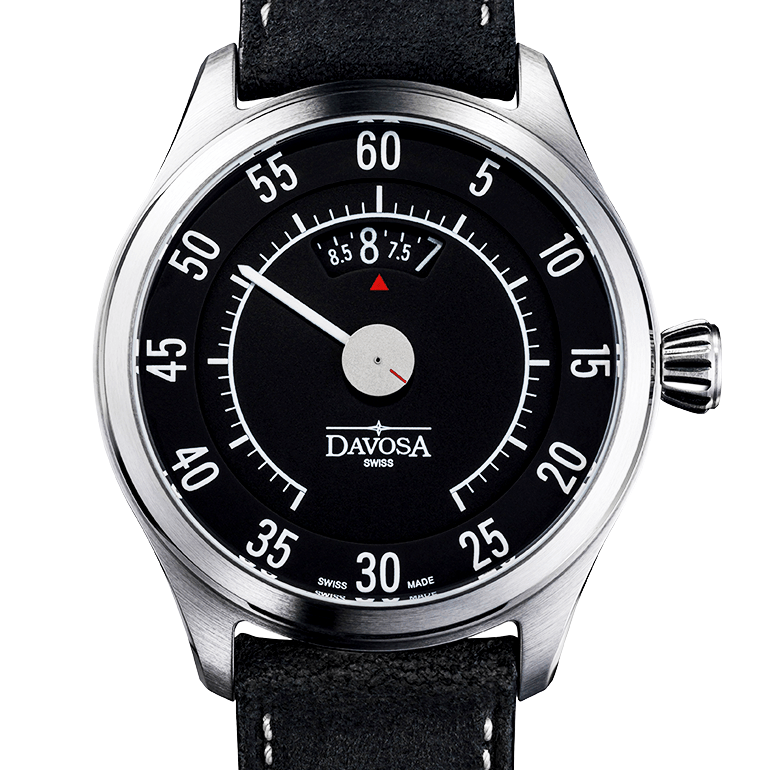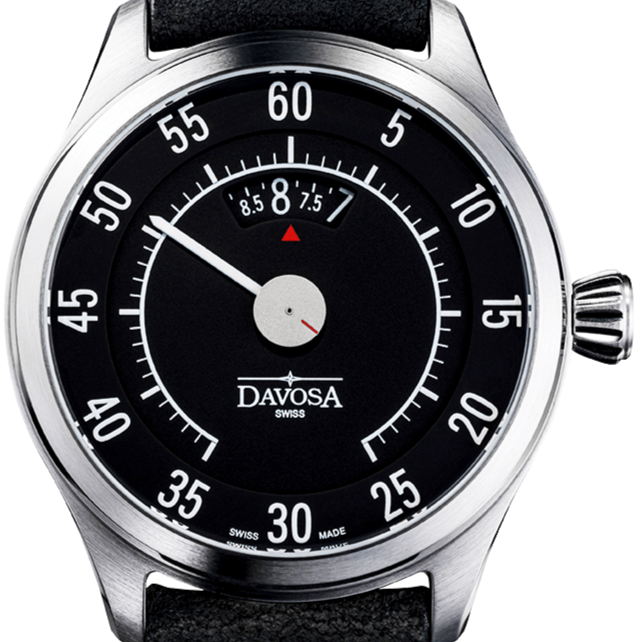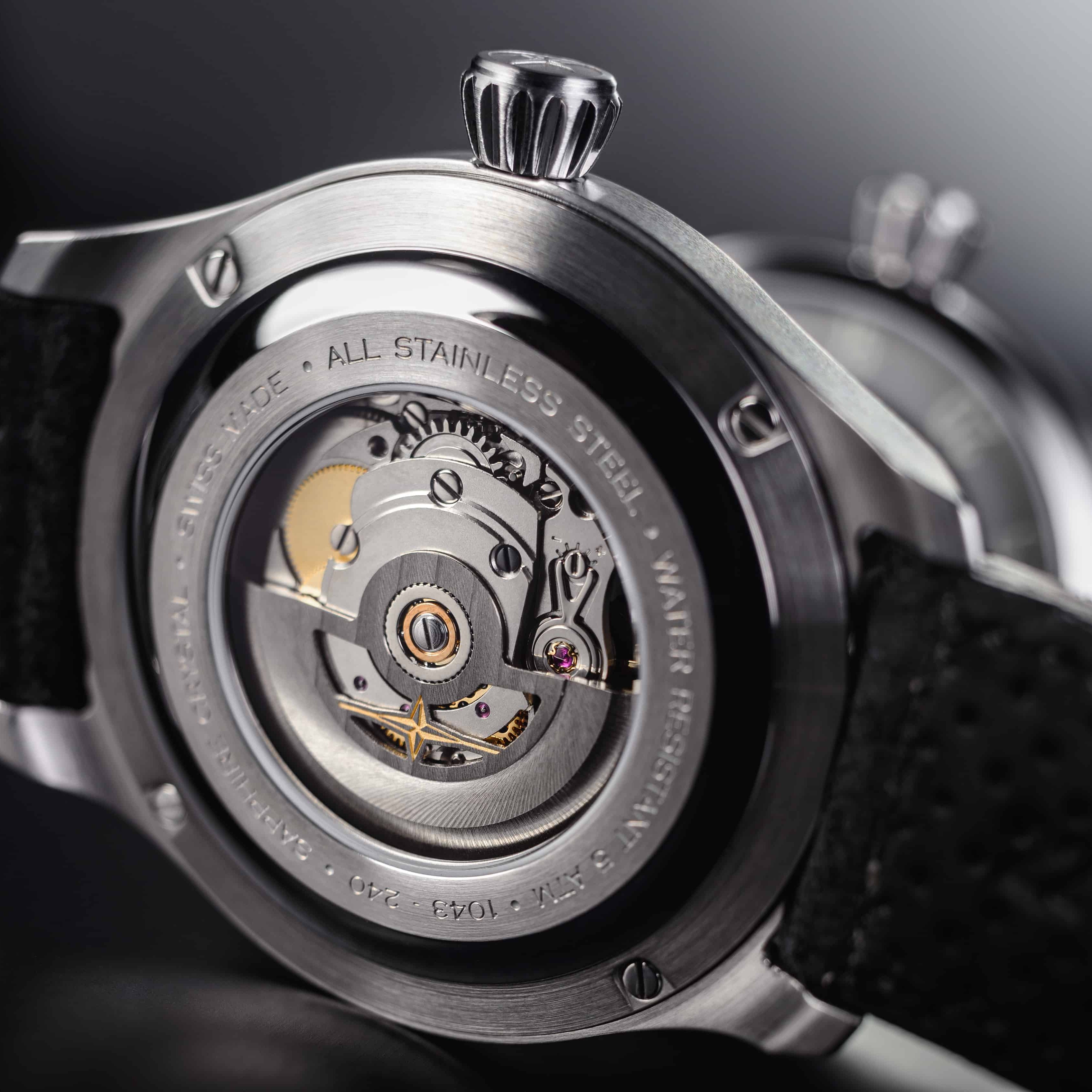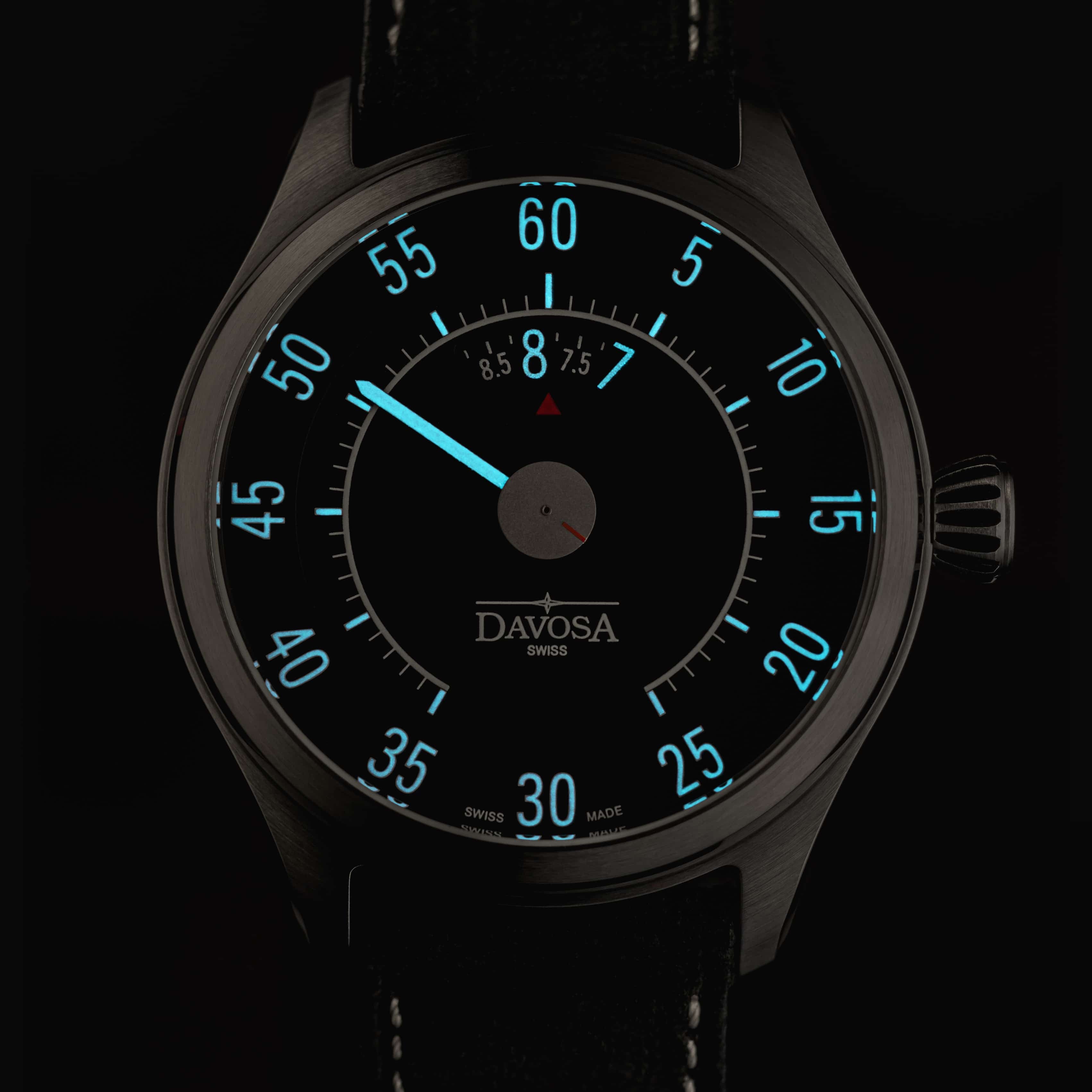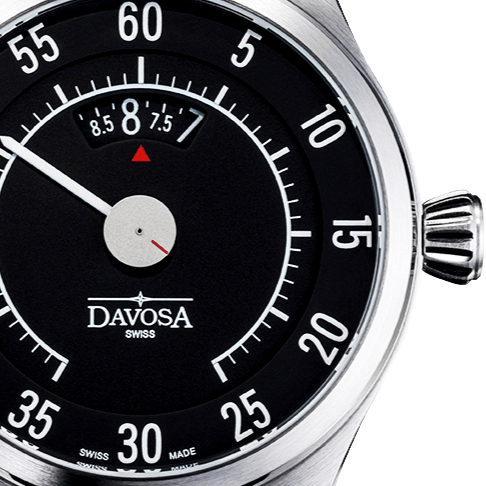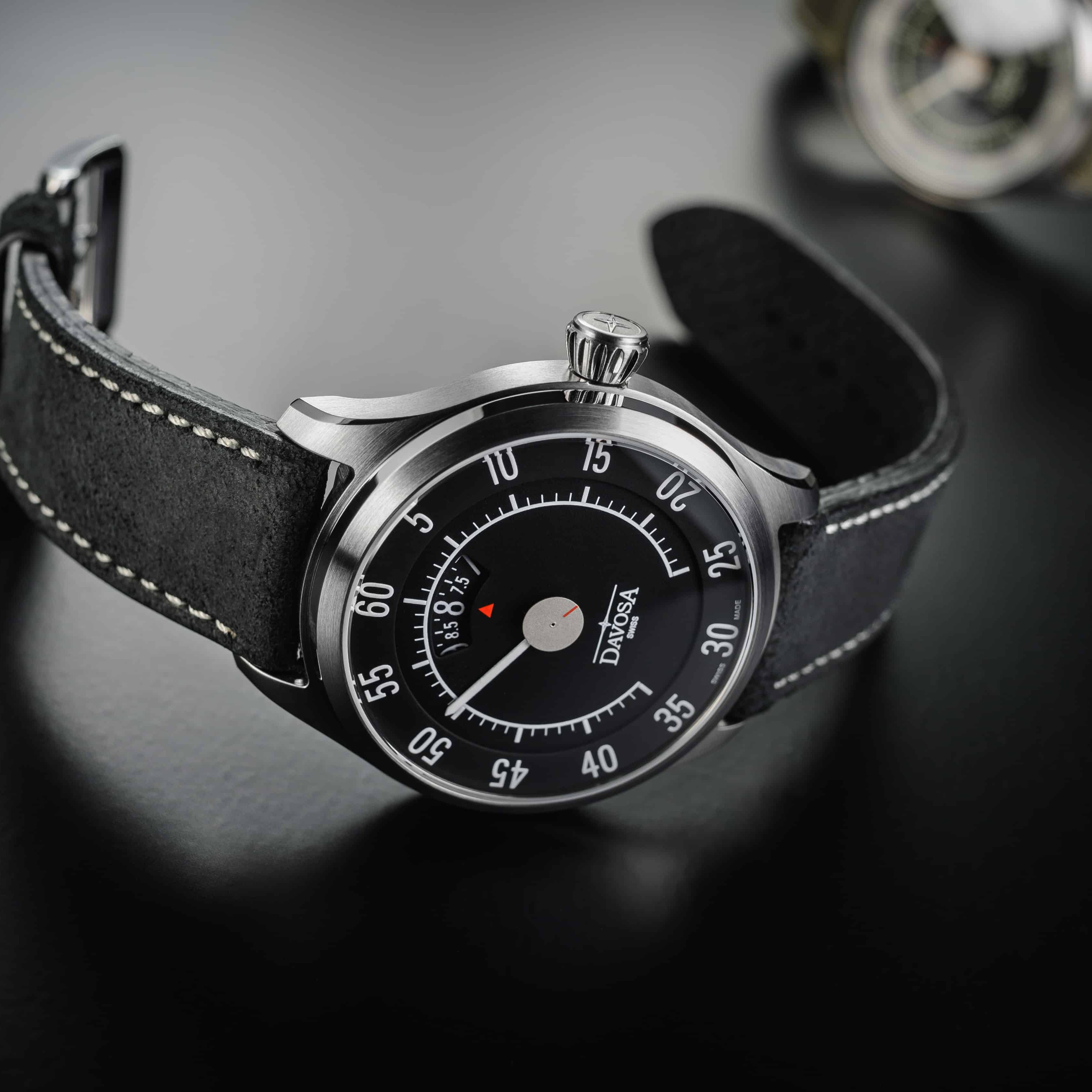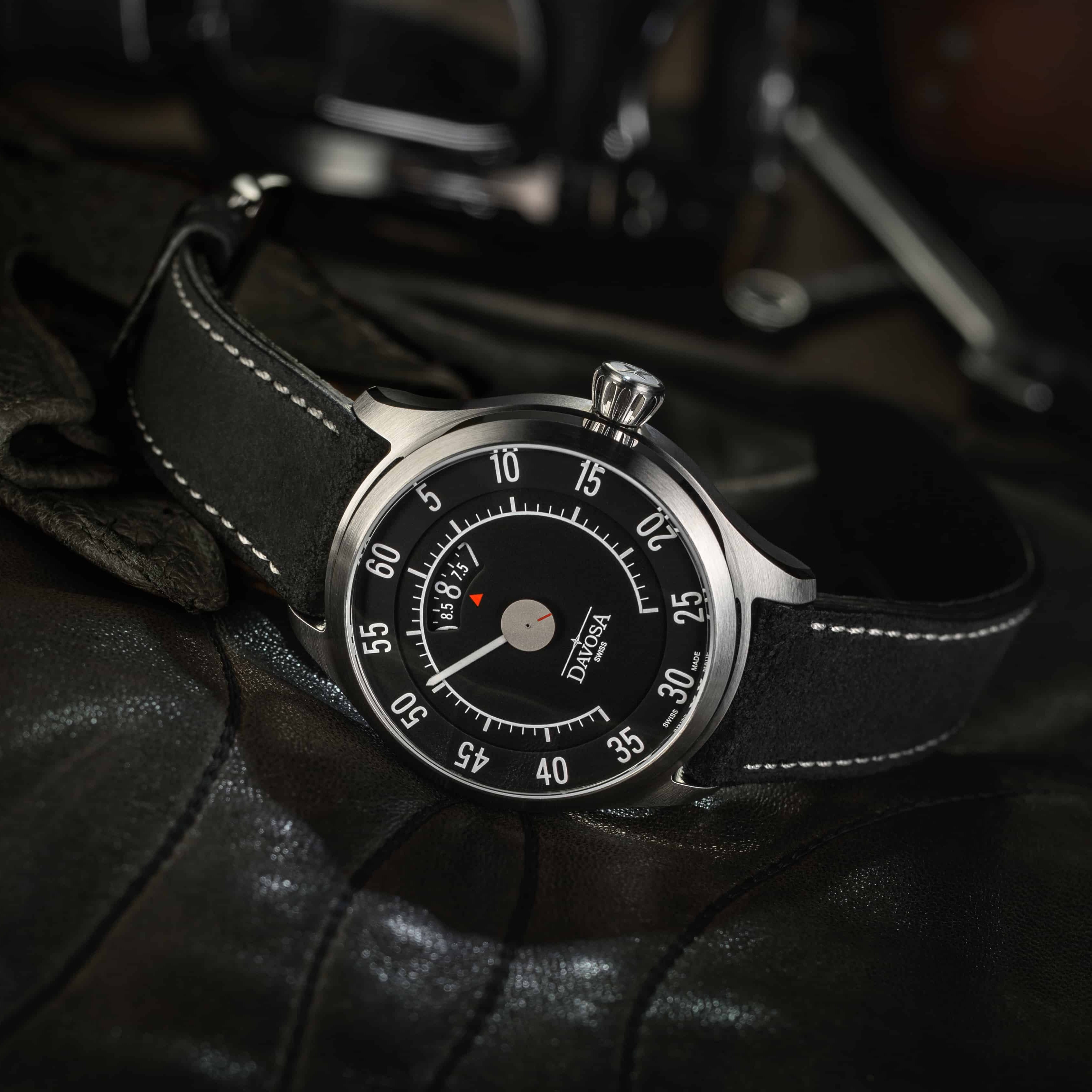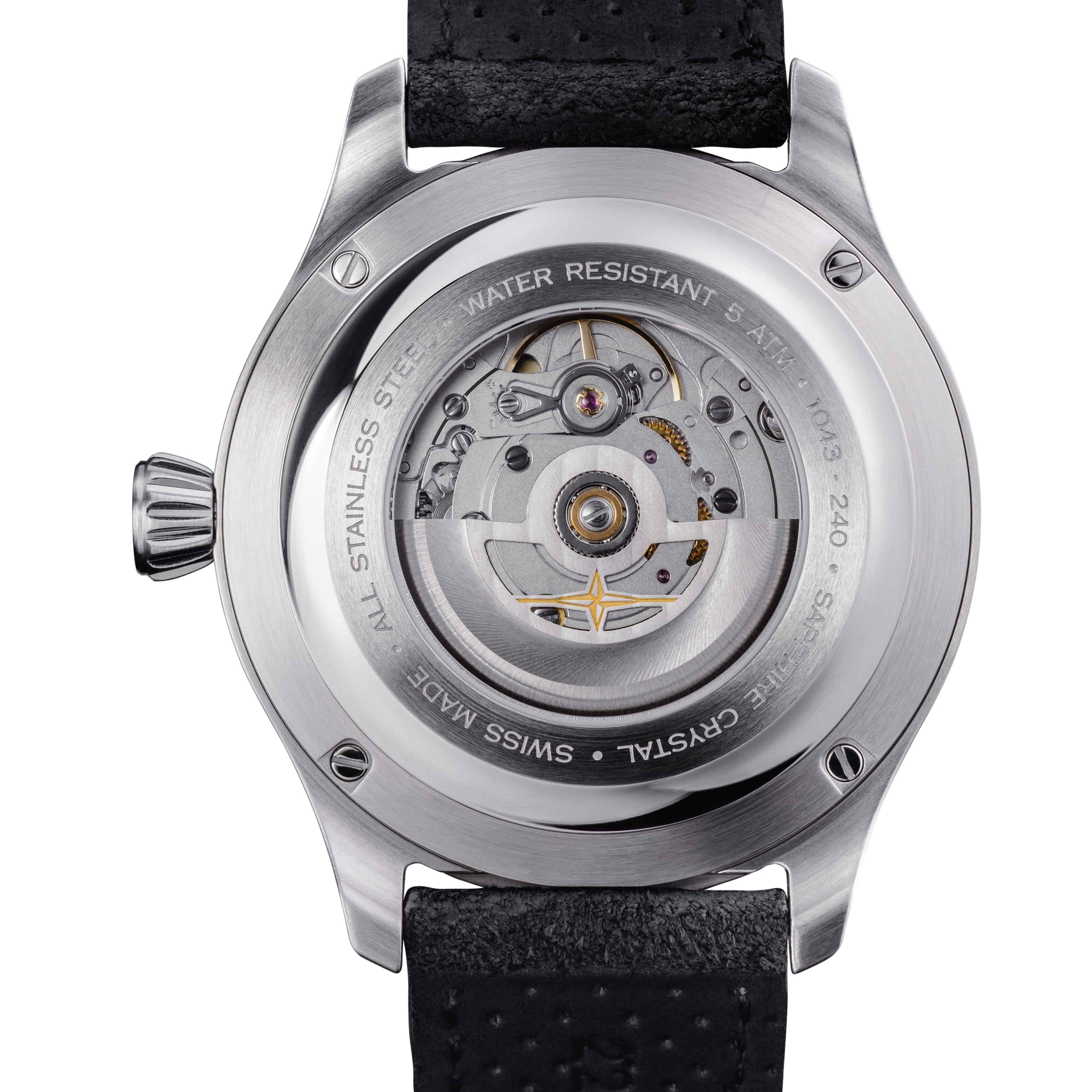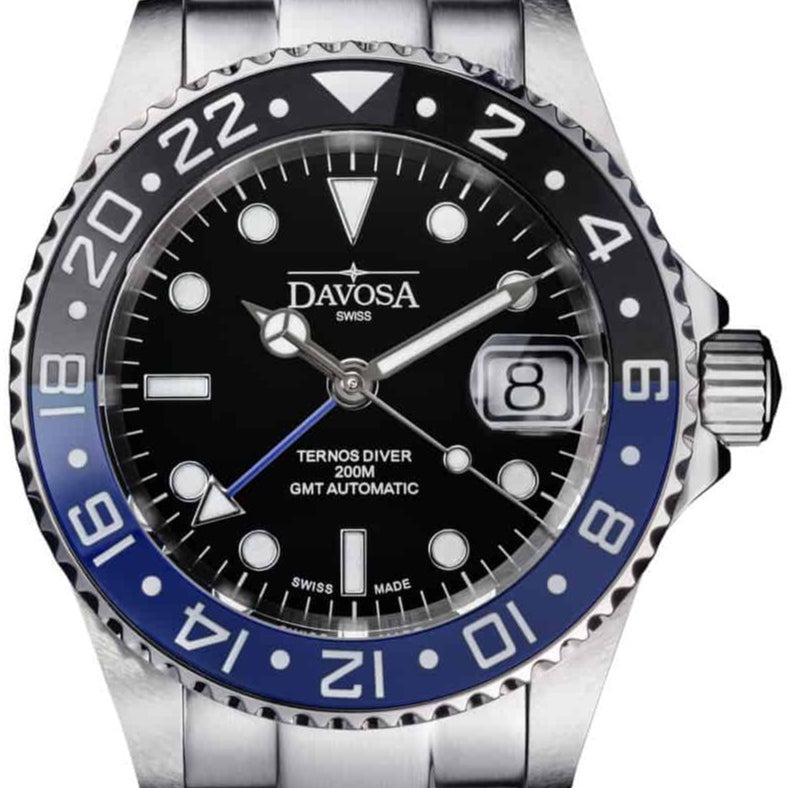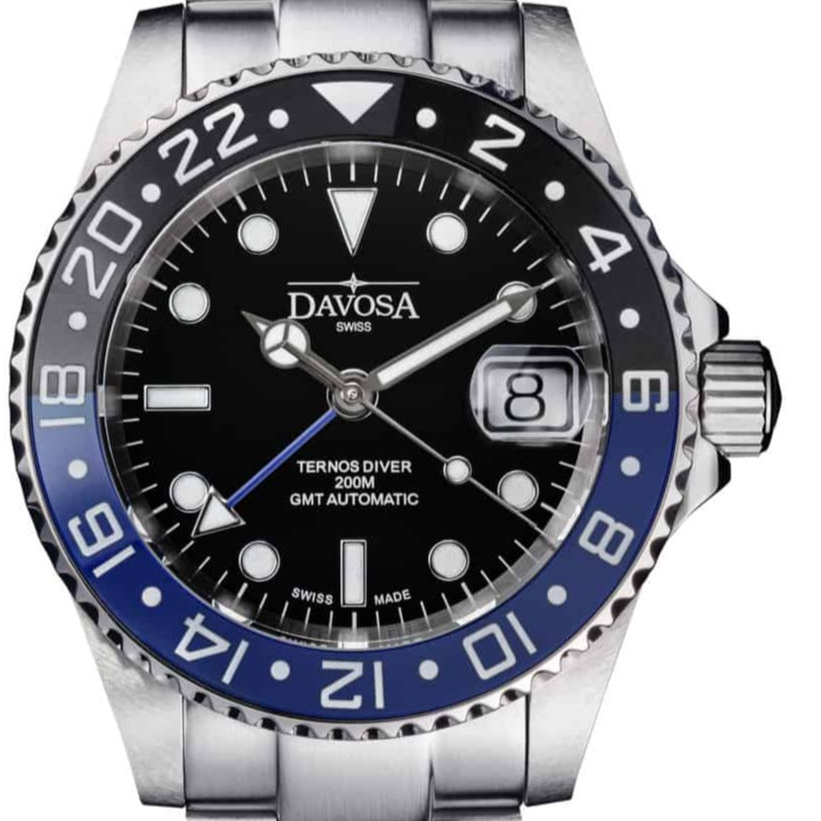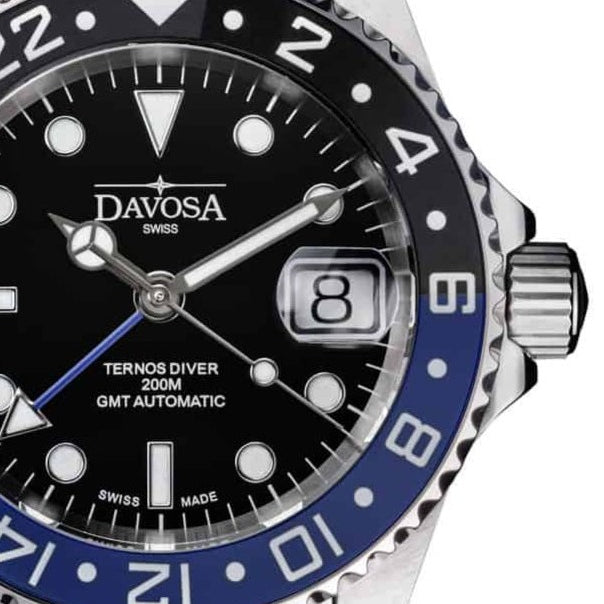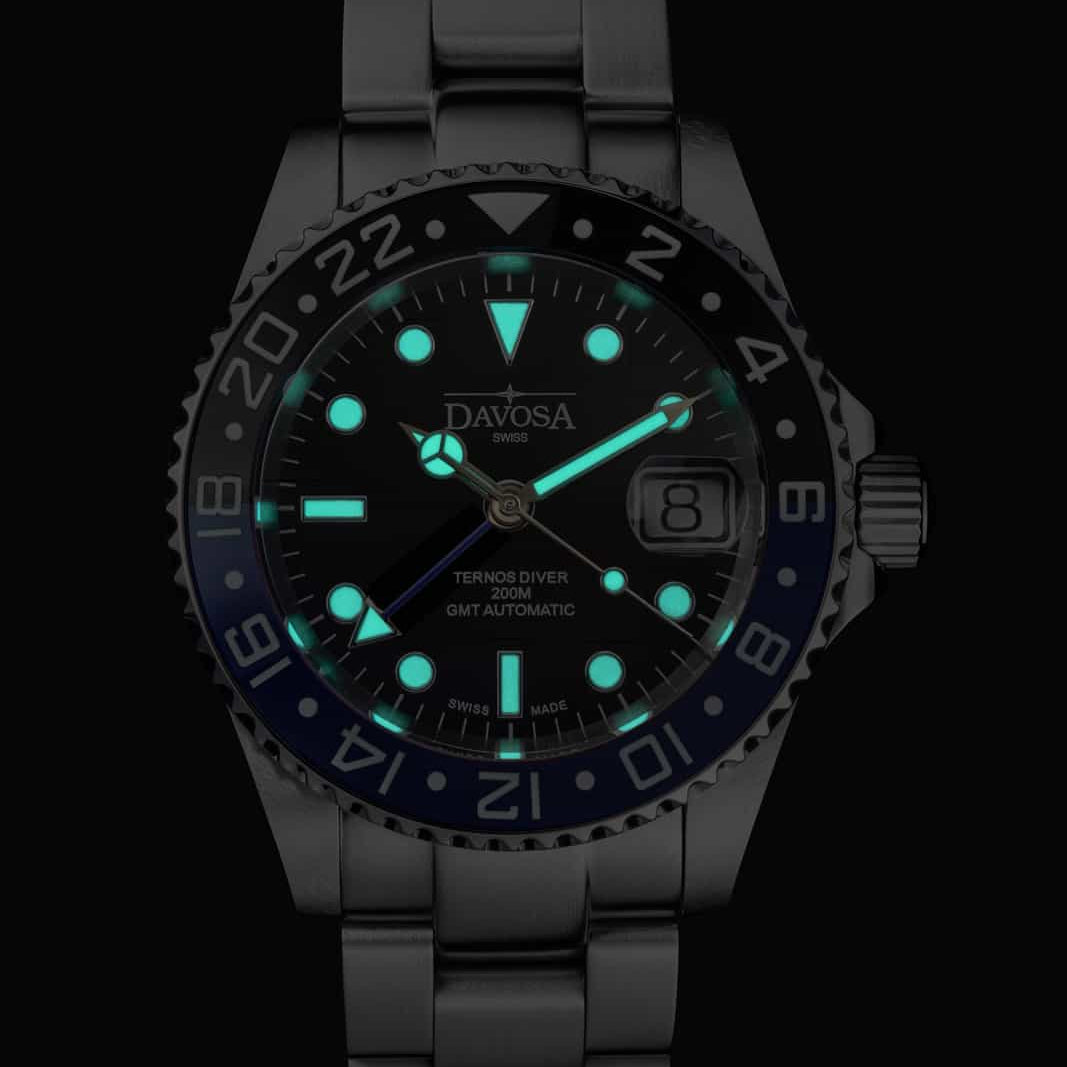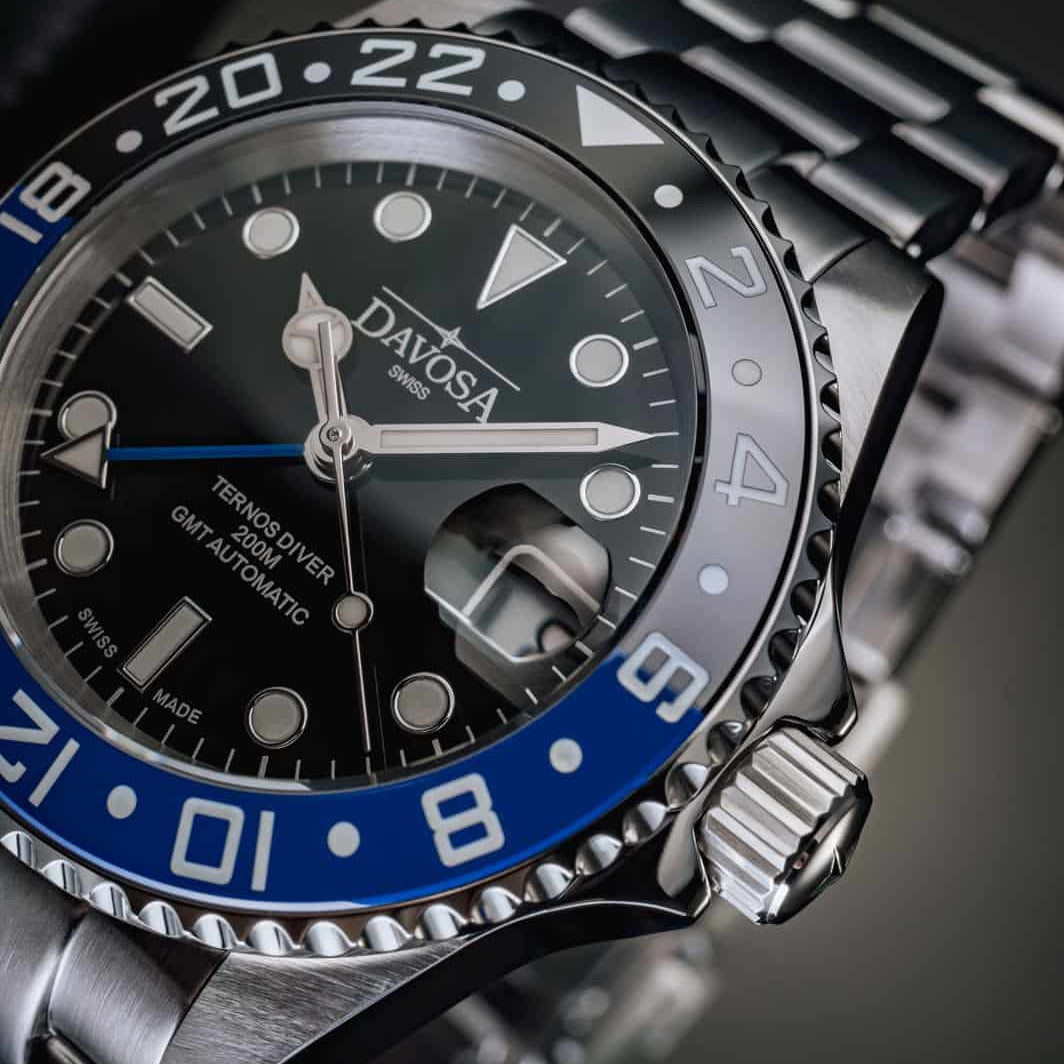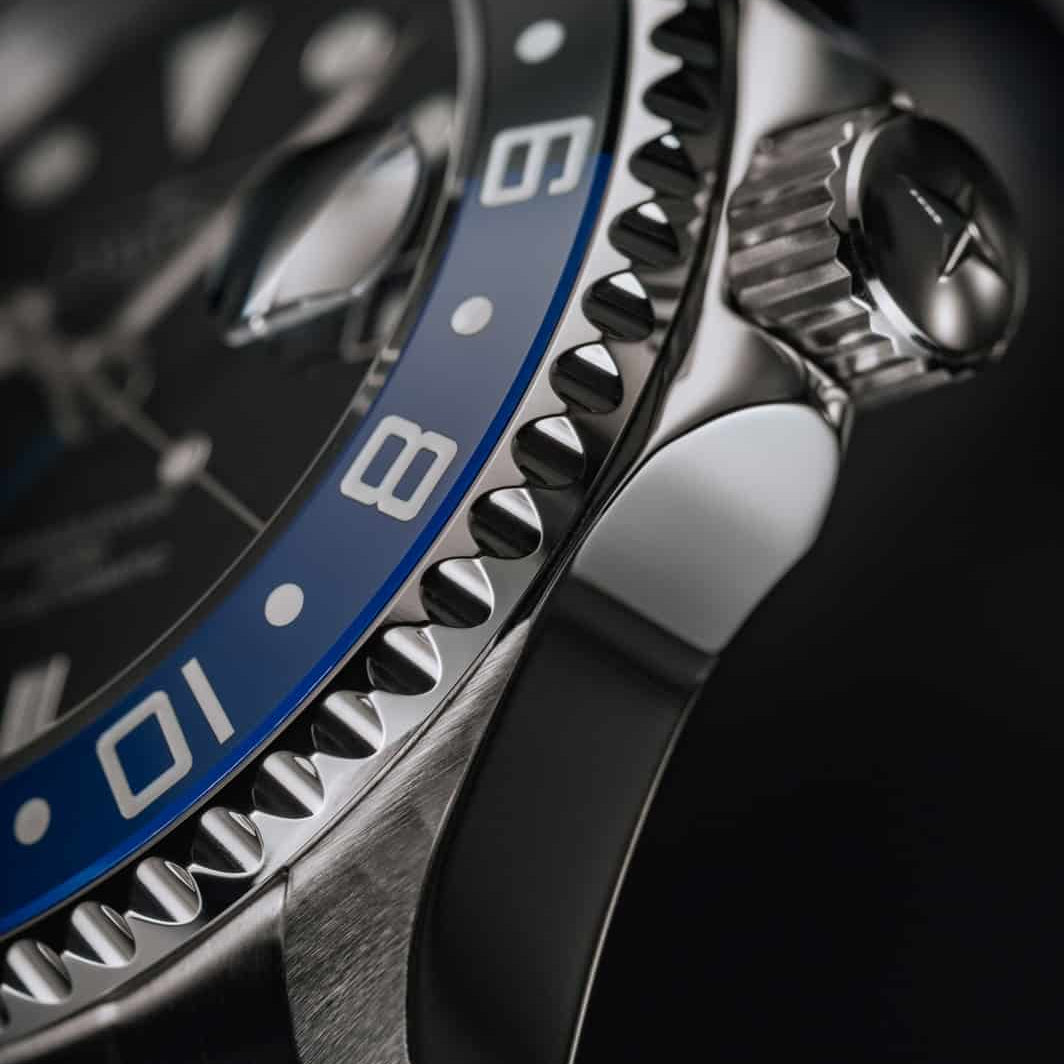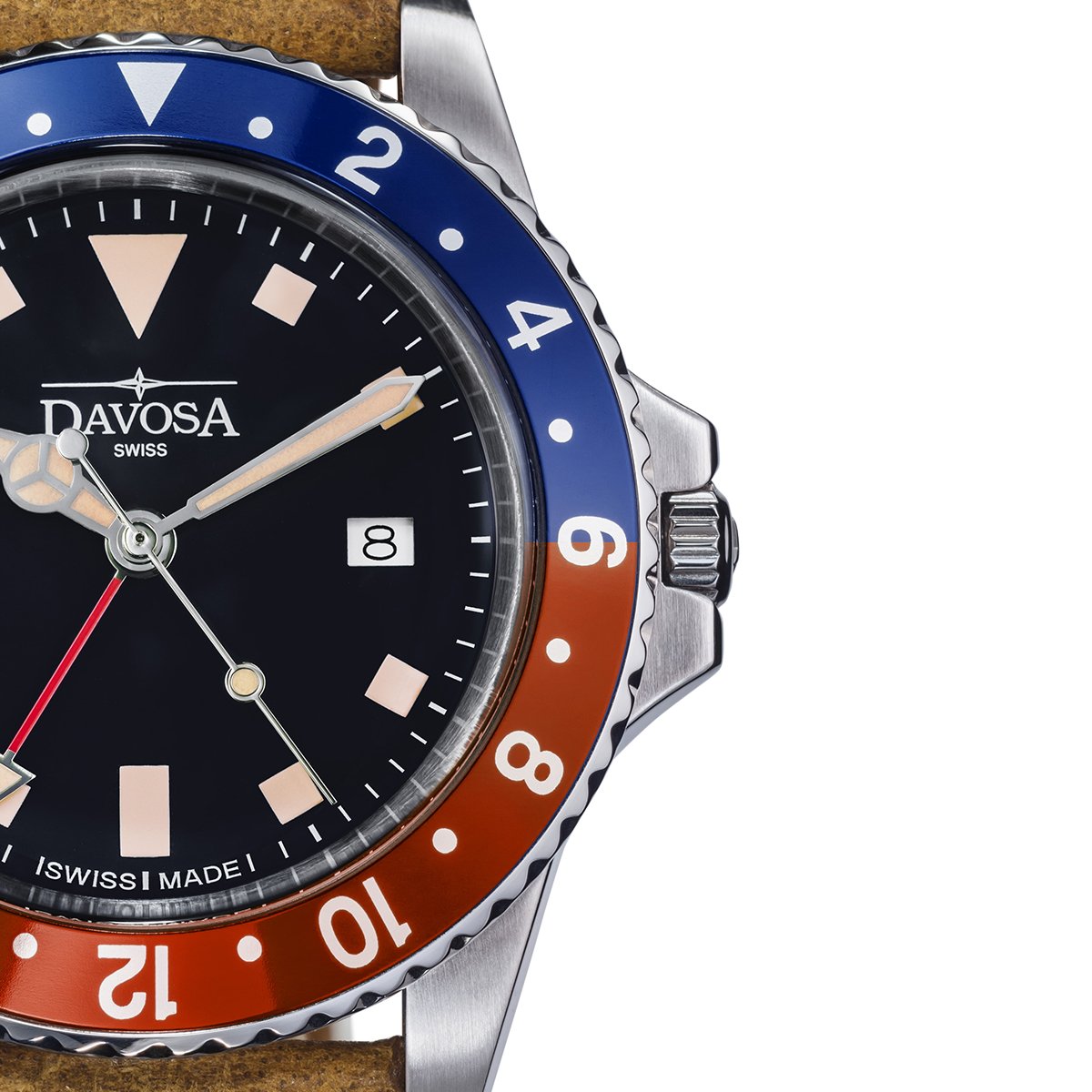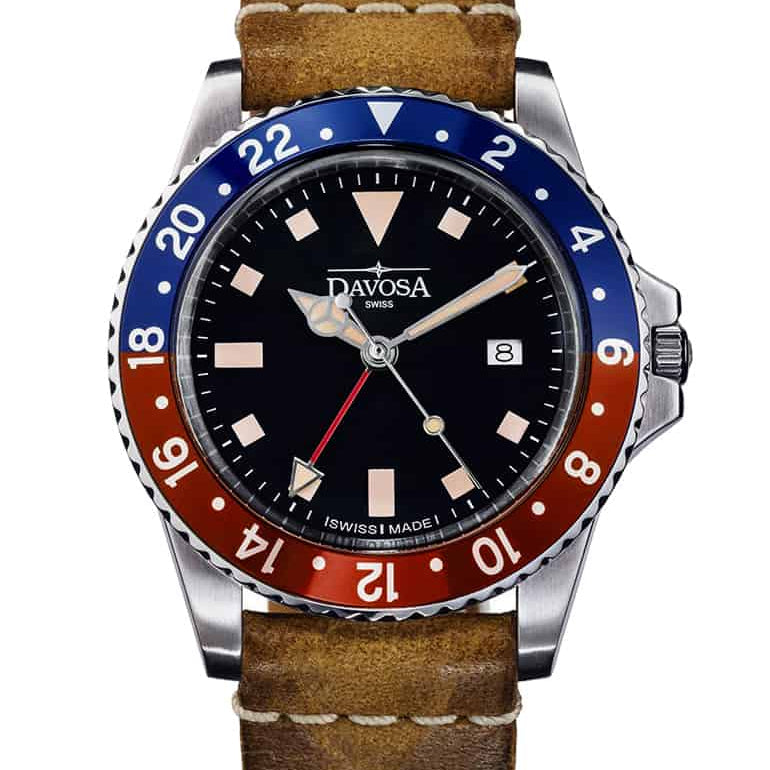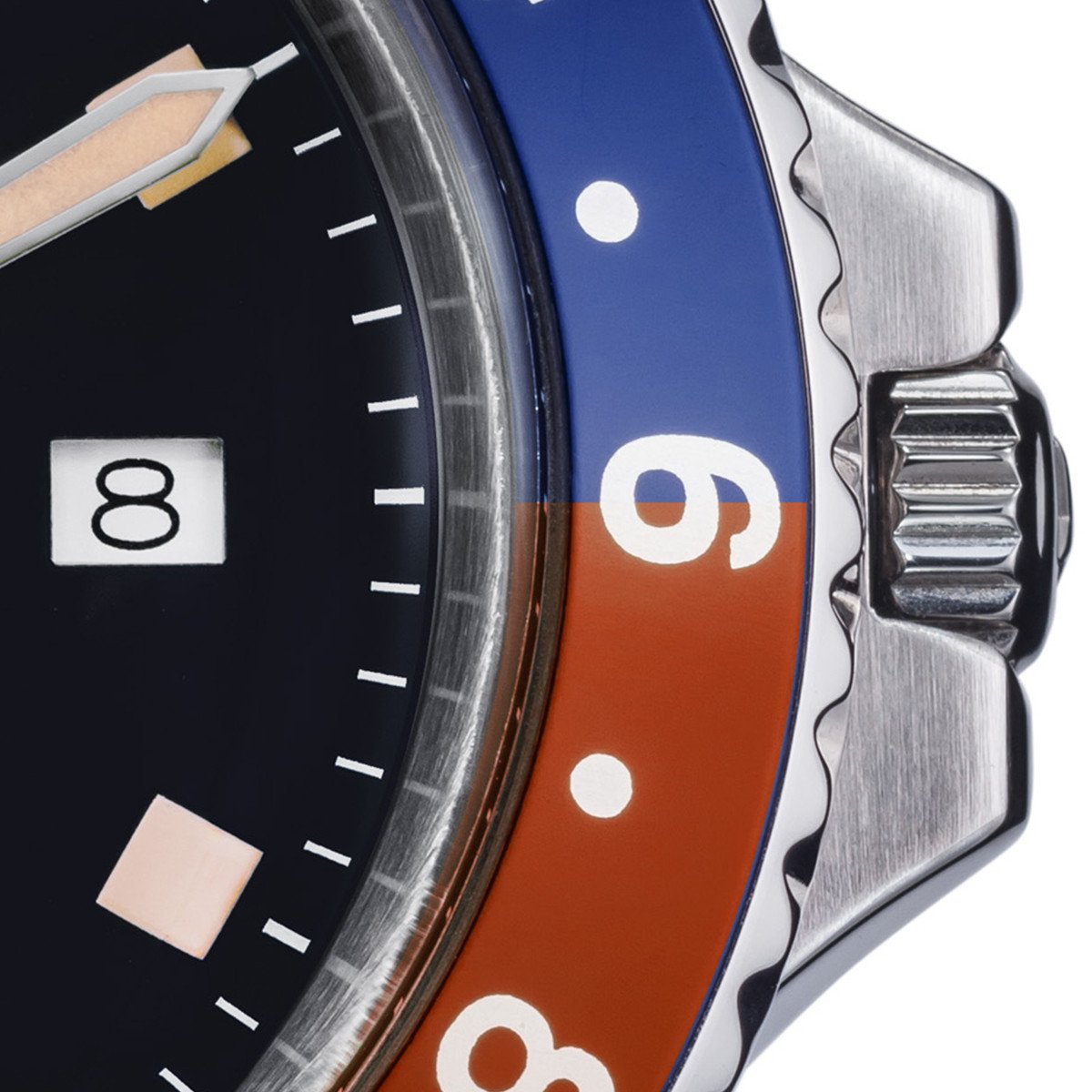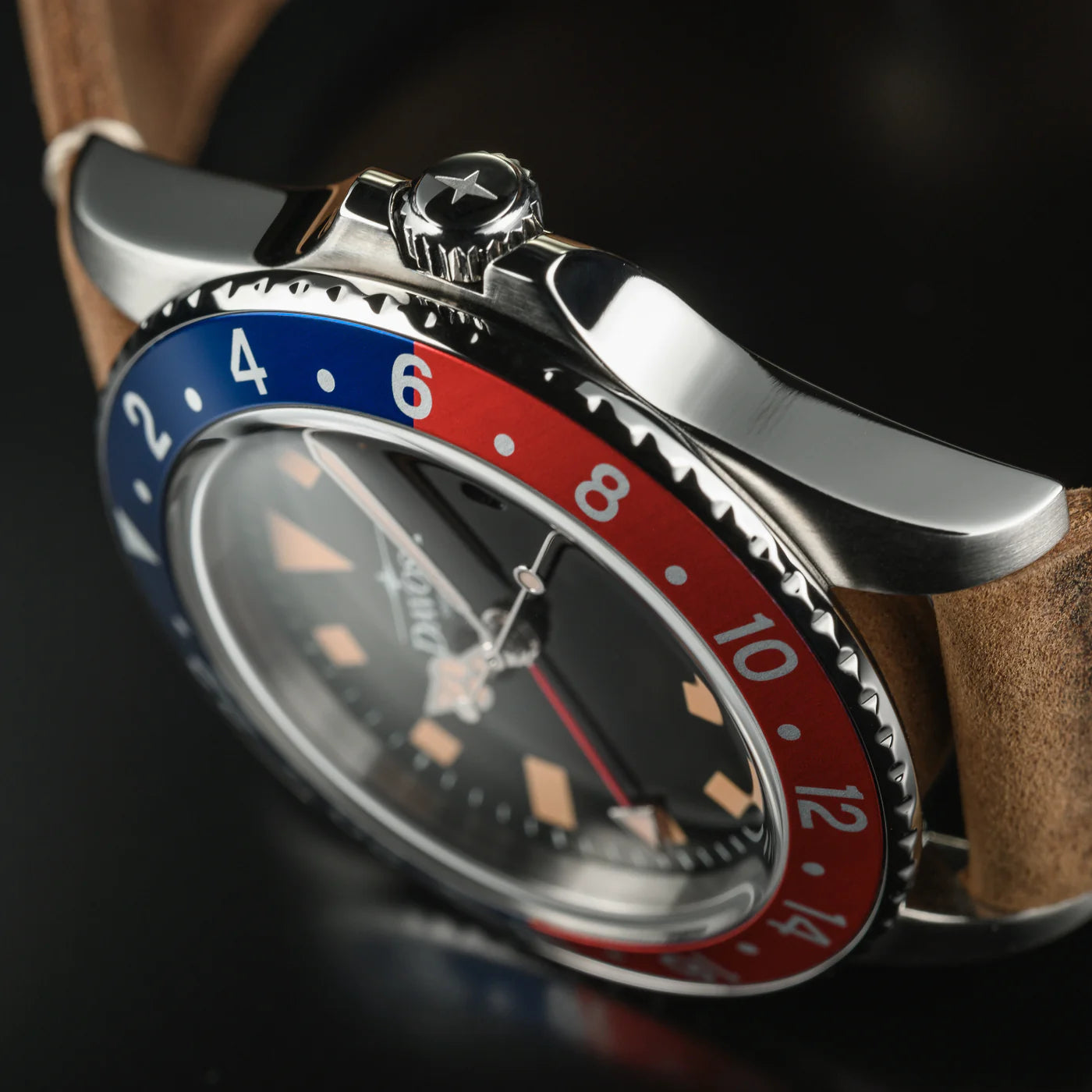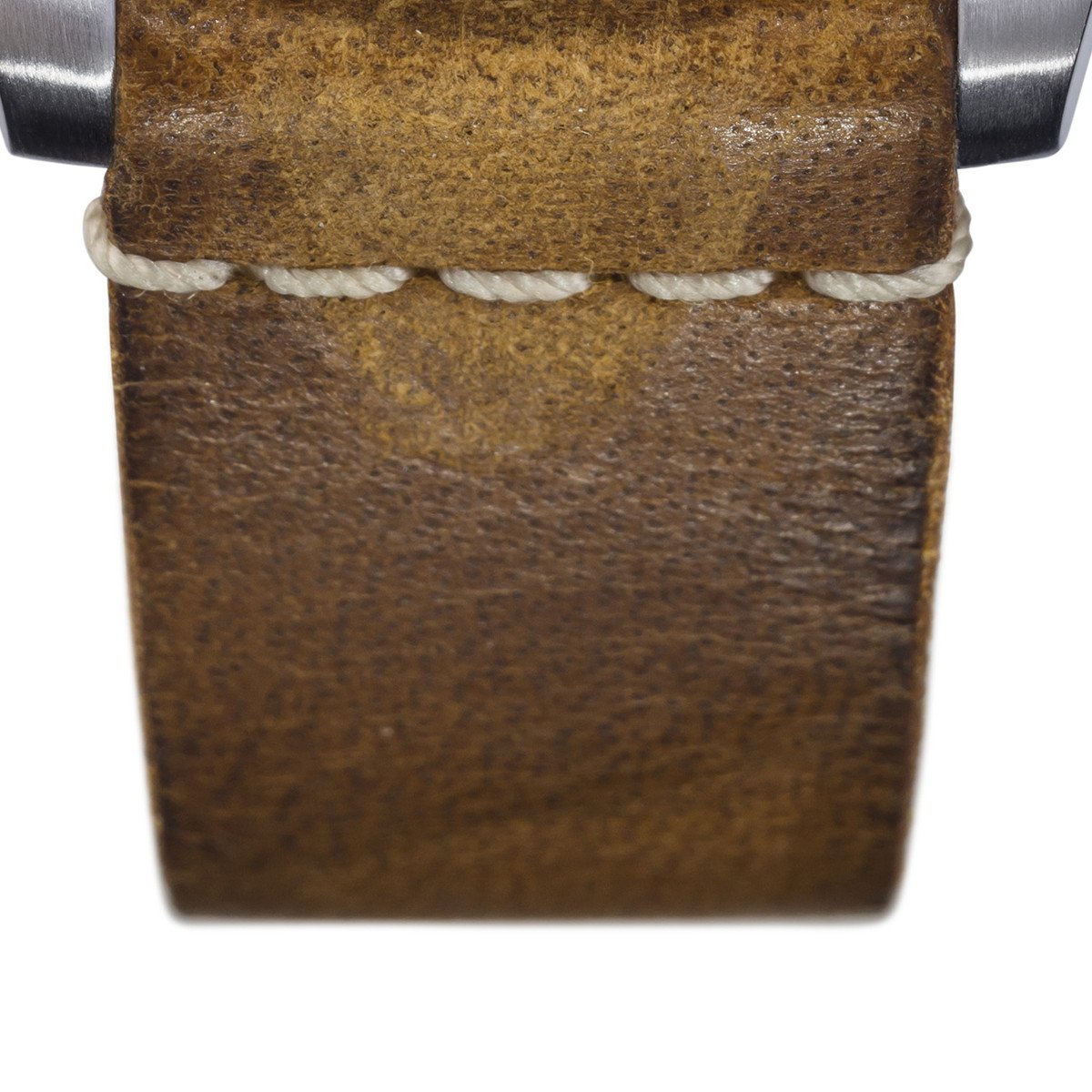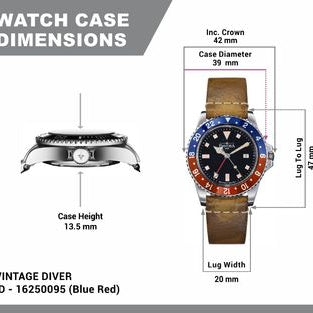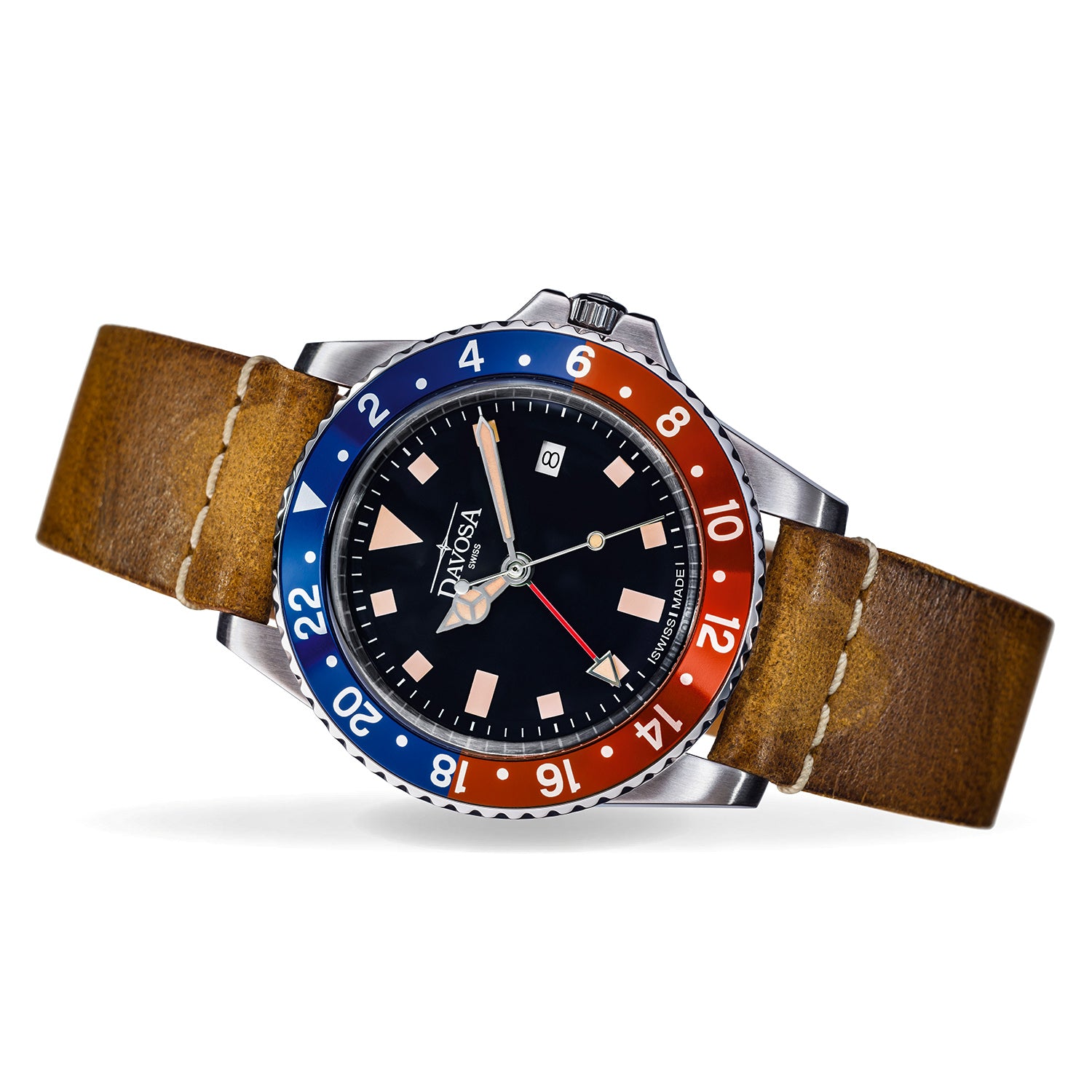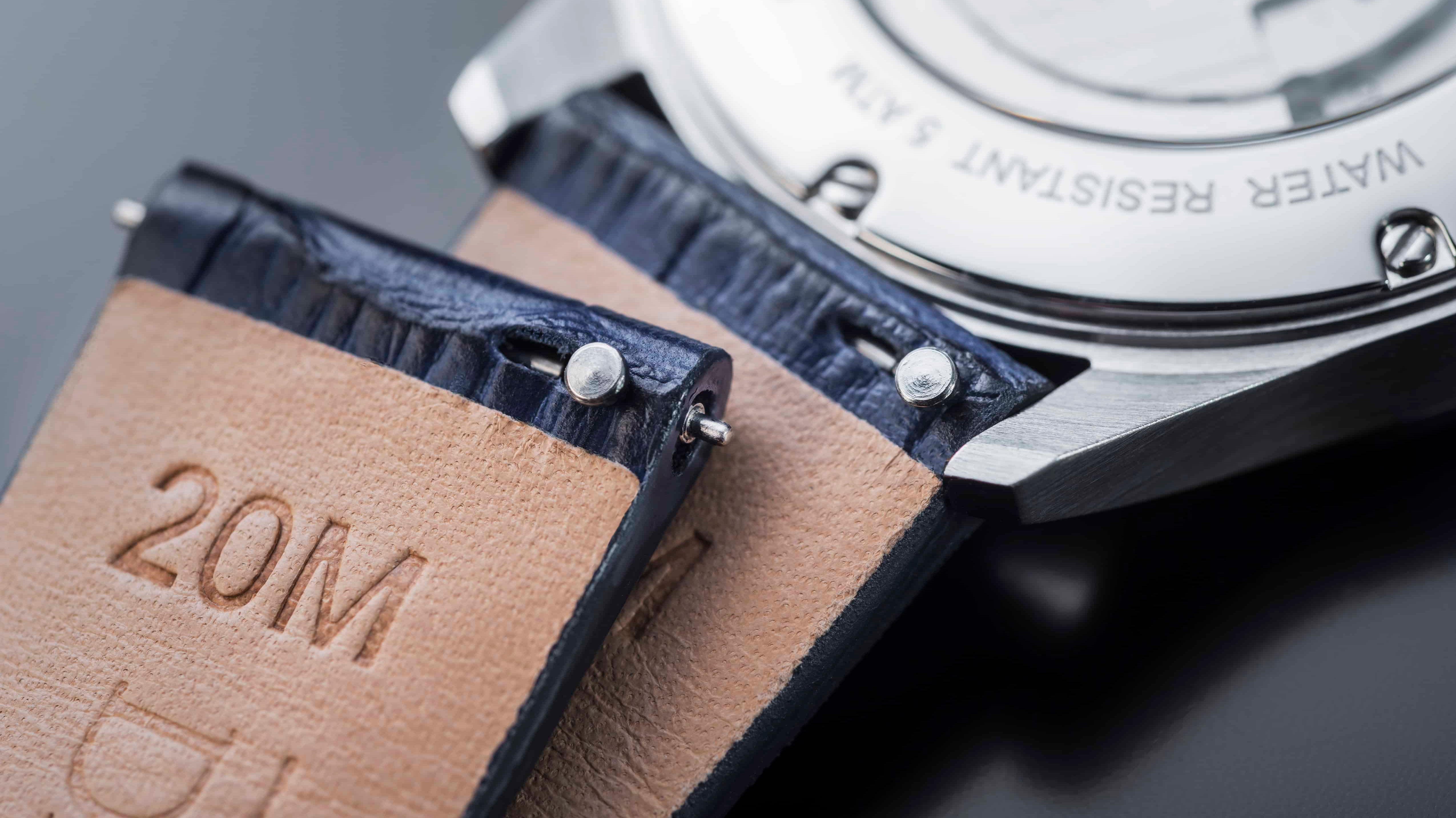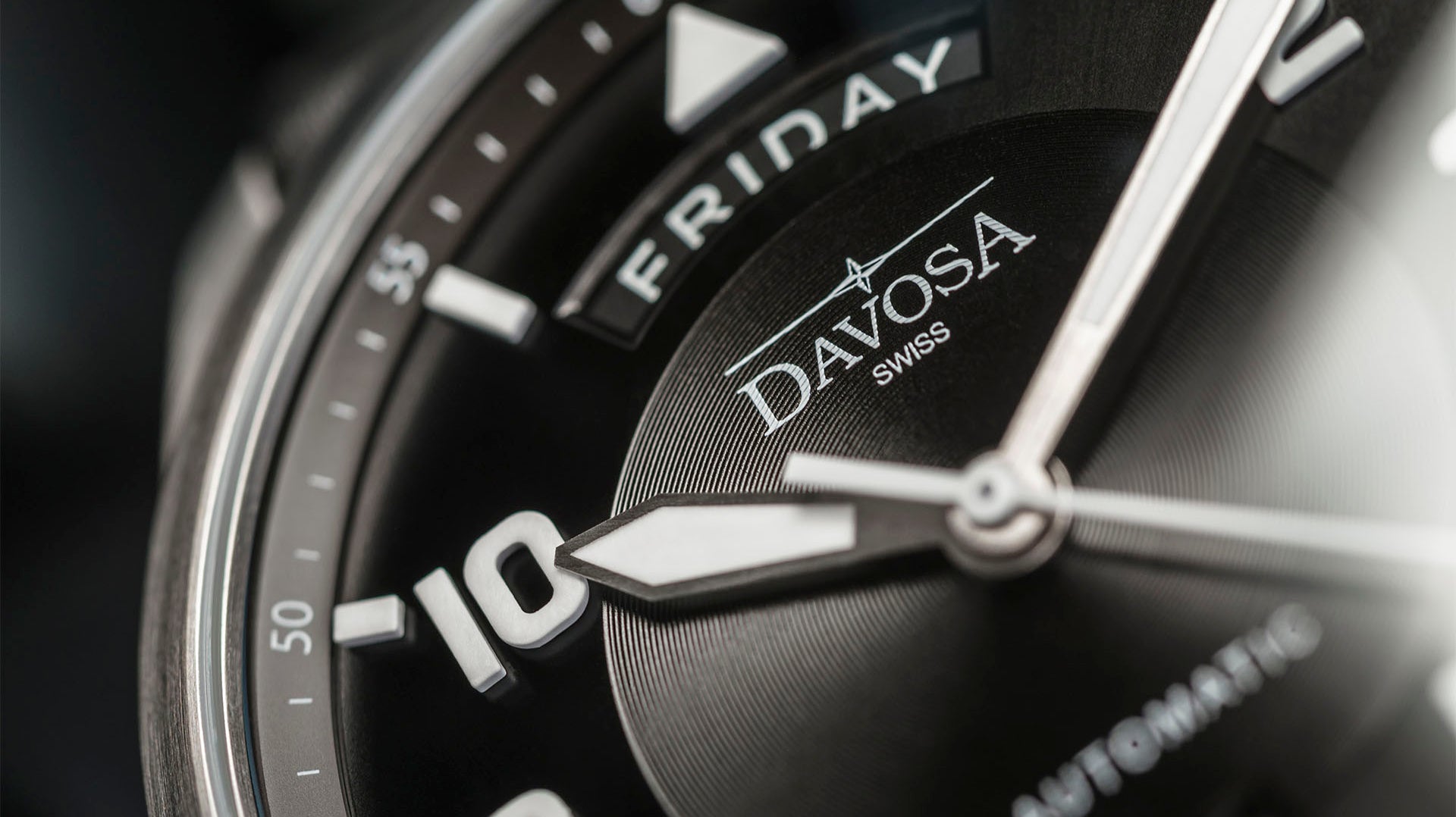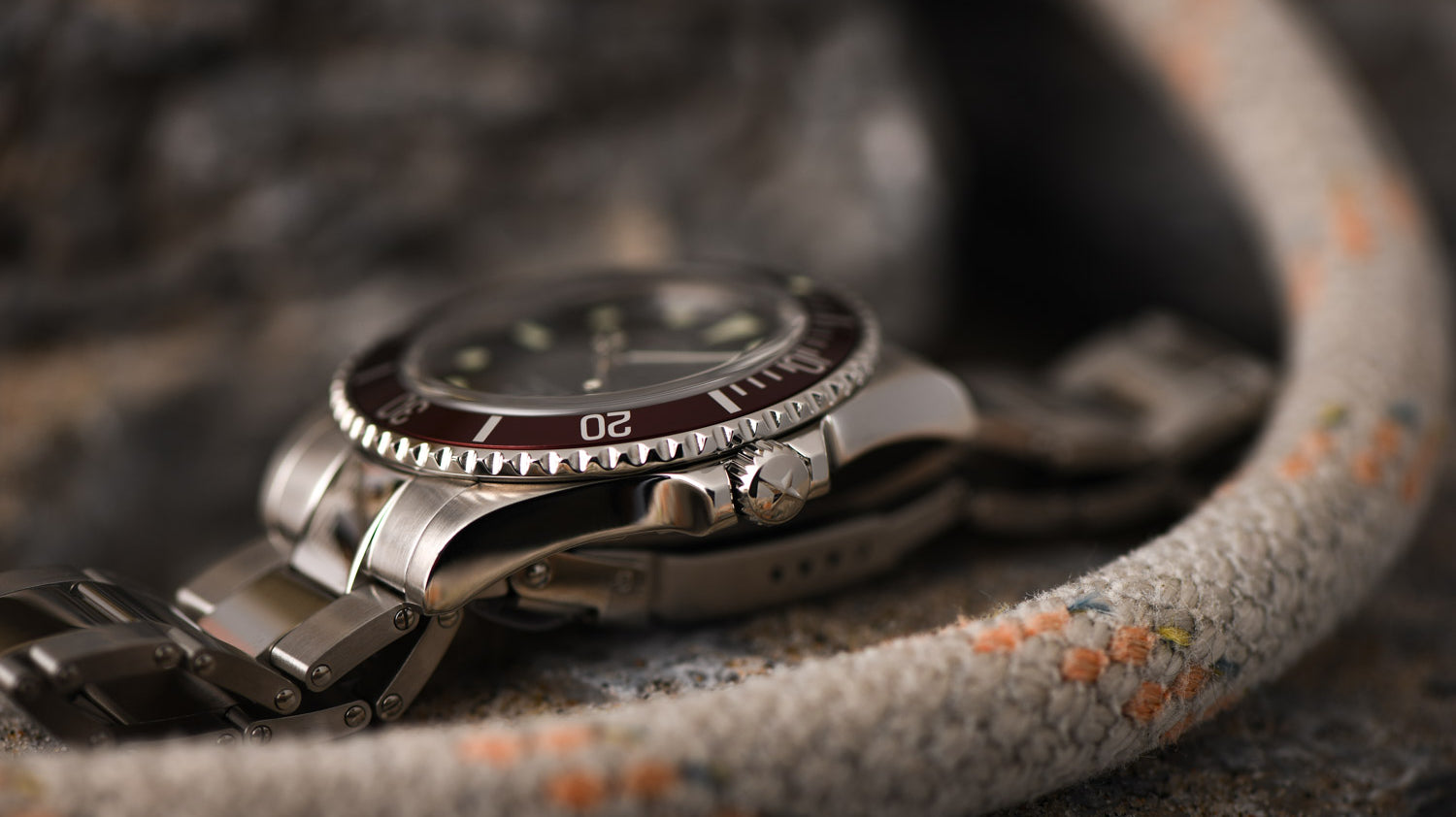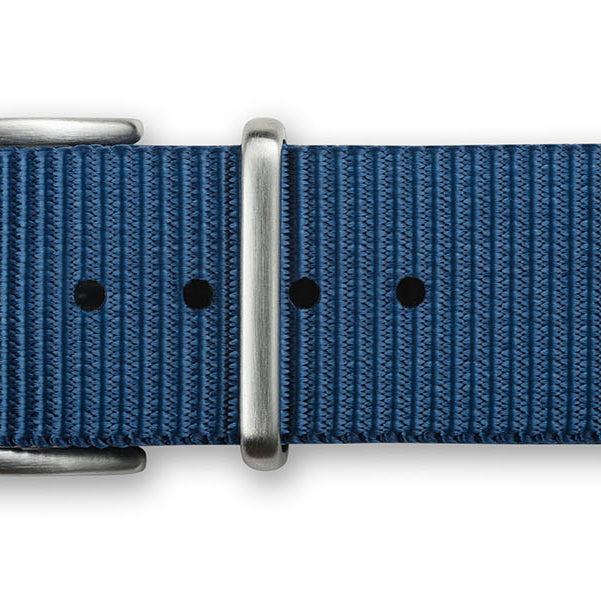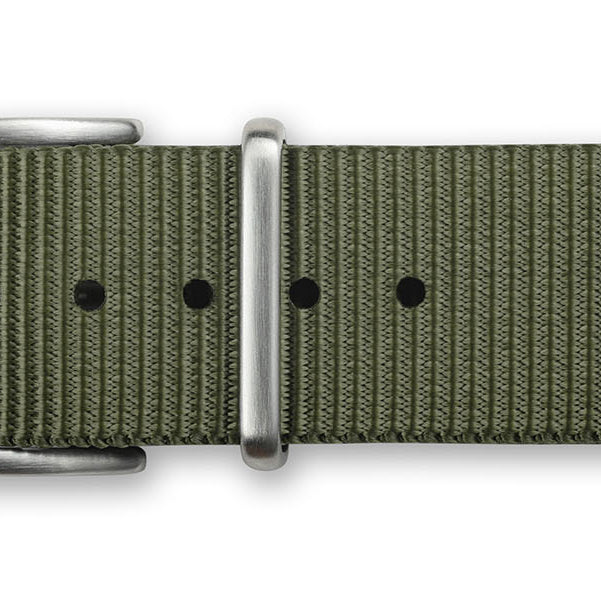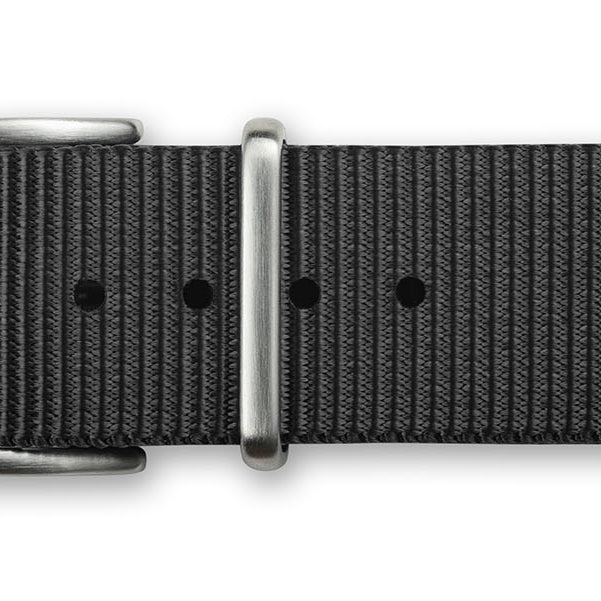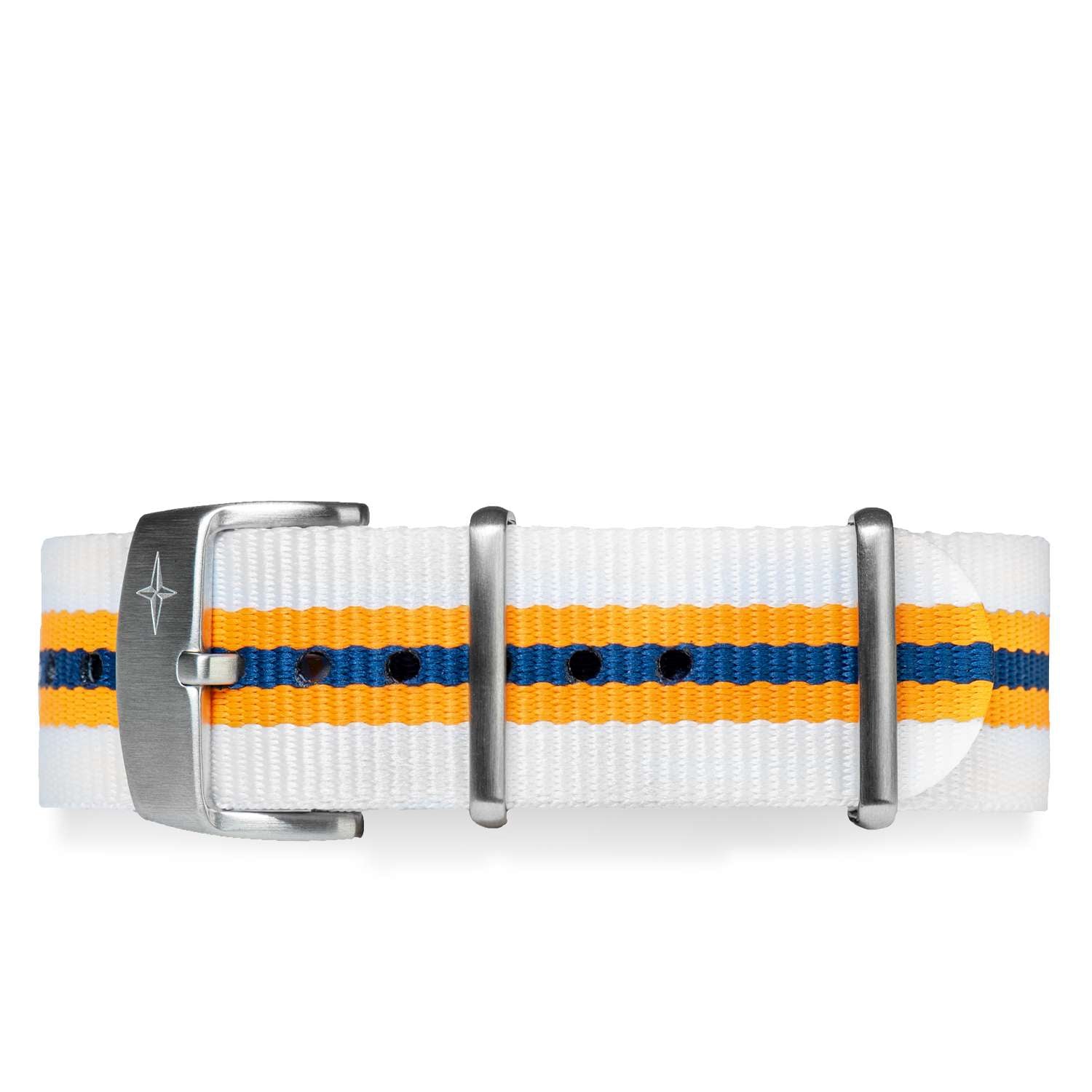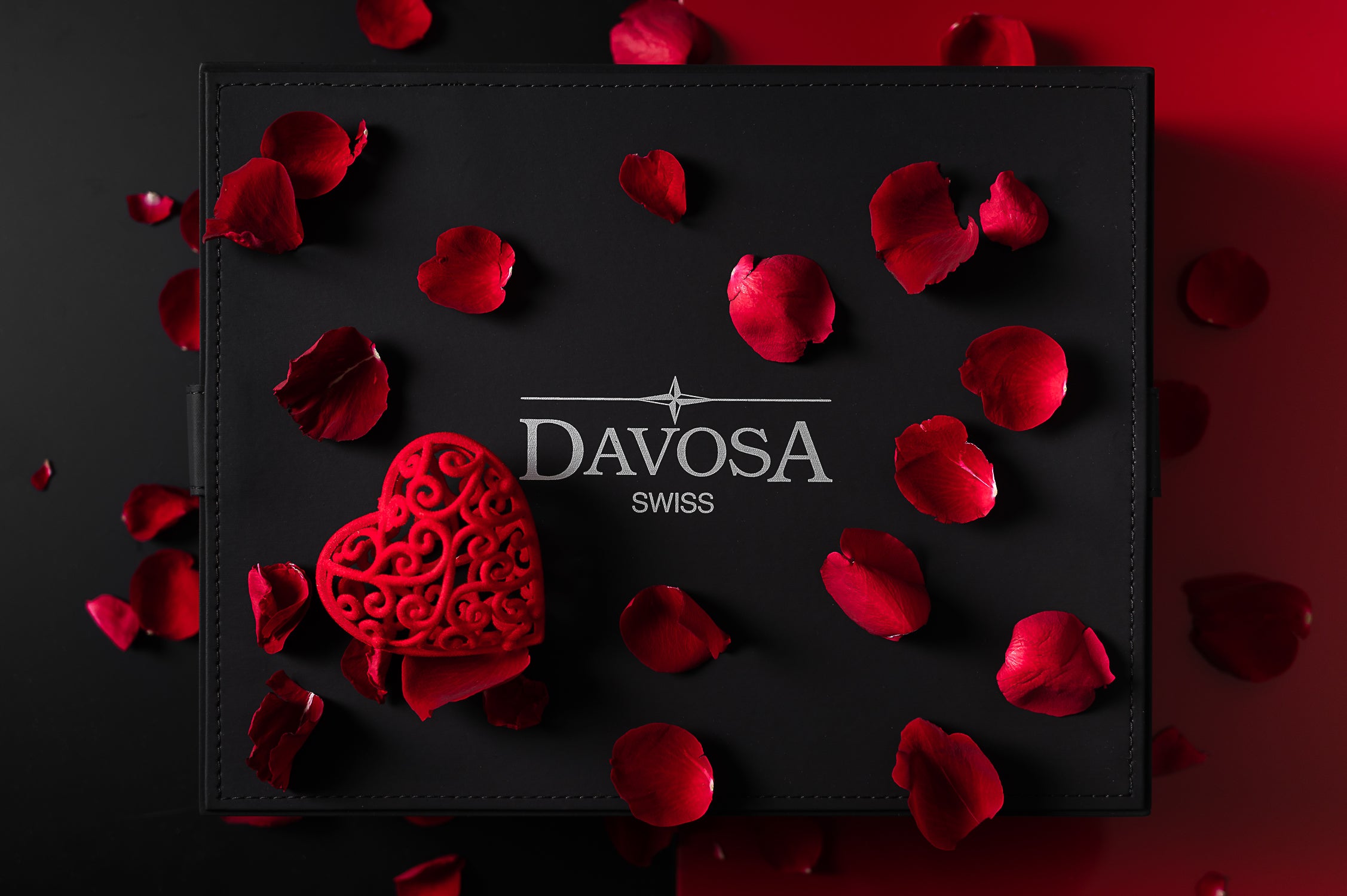Our wristwatches wouldn't be wristwatches if lugs weren't invented. That's why it's important to know how they developed to understand better their influence on watches and the fit of the timepiece on our wrist and discover how they have helped it to change with the most appropriate strap to enhance its character.

What is a watch lug?
A lug - but we always use the plural term, lugs - is the protrusion attached to the case where the strap attaches. Since, in most cases, the wristband is removable, the most common solution is using springbars, and thus, the lugs where the strap is attached are two on each side of the case.
Modern lugs were born when the need to wear the watch on the wrist developed in the late nineteenth century. While some people paid for newly-made cases, the most practical solution was to recover the traditional pocket watches, shorten the crown by putting it closer to the case, and weld two loops on the case to pass a leather strap, obtaining what is called today wire lugs.
But the solution was not particularly practical. So a few companies, including Cartier, lengthened the case of their wristwatches with protrusions called brancards, which were drilled to insert a small metal rod to attach the strap. Eventually, around 1925, several systems of rapid opening were invented, mainly based on springbars, which allowed a quick release of the rod to insert the strap. And the industry maintained this solution over the years since it adapted well to any watch case shape.
The industrialization of watchmaking did the rest: soon companies realized that the standardization of the distance between the two lugs, which had a parallel inner surface, was very convenient for strap suppliers, and so the current situation was standardized, where the lug-to-lug distance is used to define the size of the straps.
How to measure watch lug width?
Measuring the lug-to-lug distance of a watch with fixed lugs is not tricky. You can do it with a caliper, but an ordinary ruler is also sufficient. Just superimpose it over the two lugs, and measure the internal space between them. Usually, it will be an even figure, expressed in millimeters. Among the most common ones on modern watches, you find 22mm, 20mm, and 18mm.
There are rare cases where the measurements are in odd numbers. In this case, it will be substantially more challenging to find a suitable strap for the watch, especially since the alternatives will be more limited.
The same is true for integrated and shaped straps. Certain companies don't like their watches to lose their character with the inclusion of straps made by others. So they do everything they can to prevent this from happening, especially by making it difficult to use standard solutions. Nevertheless, if the watch model is popular, this still happens.
Watch lug size chart
Usually, the size of the lugs depends on the size of the watch and on fashion: a bit like what happens to men's ties! Early men's wristwatches were relatively small - we're talking on average 30 mm to 34 mm case diameter, excluding the crown, with the "oversize" ones reaching 38 mm.
The watch straps used to attach the timepieces to the wrist have also changed in time. Most vintage ones were often tapered: starting from one size and decreasing towards the buckle. Nowadays, the size of the cases has grown considerably, and this has also happened in the straps, which unlike in the past, are now often rectangular, without tapering (an important detail if you want to mount the original buckles, when they are present, which are often customized).
Therefore, we find wristwatches with lugs of any size. We must remember that the original women's timepieces, equipped with a mechanical or a quartz watch movement, were traditionally small and sometimes very small. This means that it is not uncommon to find watches with 12mm and 14mm lugs.
Precisely the opposite, certain modern watches have lugs that grow to improbable sizes. One particular niche is exemplary, the pilot's timepieces of the World Wars, which had huge dimensions (some reached 55 mm), and proportionate straps, as well as their lugs - but in this case, we are talking about watches a bit out of the ordinary.

Watch Lugs Types
Once the first lugs were created, called brancards on the first wristwatches launched by Cartier, human creativity intervened to customize them and make them attractive and distinctive. Most importantly, to ensure good wearability of the watch on the wrist - and to check what watch size you should wear, you can check out article detailing it. While the first lugs were straight, case manufacturers began to tilt them so that the shape of the watch would fit as much as possible around the wrist, enveloping it.
Today we find ourselves in a situation where you can find very long lugs that wrap around the wrist and shorter but straighter lugs, so the shape and angle of the lugs have a significant effect on their function.
Wire Lugs
These are the originally closed lugs, which do not have an opening for attaching the springbar. They were typical of trench watches, but even today, some manufacturers have revived them, thanks to the use of "open-end" straps made for this purpose.
Straight Lugs
These are the most common types of lugs, and they became especially popular with the functional Bauhaus references, which emphasized linearity over ornamentation. Some are thinner, others wider, and can be slightly angled to wrap around the wrist better.
Speedy/Bomb Lugs
These lugs on the inside are straight, while on the outside, they connect fluidly with the case. They, too, are widespread and often have beveled and polished profiles to contrasting effects.
Explorer Lugs
Explorer lugs, named for the Rolex Explorer, are similar to Speedy lugs but shorter and squarer, so they look blockier and more solid.
Hidden Lugs
Sometimes the space for the lugs is built into the case, so it looks like the strap, once installed, goes through them. This was a trendy solution in the 1970s with UFO case watches.
Shrouded/Hooded Lugs
These watches have short, straight lugs that end in a fixed bar. Inside, there's the housing for the springbar. This was a moderately popular solution in vintage clocks.
Teardrop Lugs
Also known as spider lugs, they owe their name to the shape reminiscent of a teardrop (or the mandibles of a spider!) and were quite common in 1950s dress watches.
Crab Claw lugs
Similar to teardrop lugs, they are distinguished by a thicker profile in the area of connection with the springbar and precisely resemble the claws of a crab.
Fancy Lugs
Especially for women's watches, lugs have been created in fancy shapes, such as butterfly, bow, and so on. The generic term of "fancy lugs" is generally used to refer to these types of lugs.
Main Takeaways
Lugs do a lot to secure the watch to our wrist and to define its bulk and portability, making them become what they are today. With the watch bezel, they are the elements of the case that define most the character of a watch: this is why they deserve a closer look.
Indeed, you will ultimately find that creating a lug to fit a watch is by no means trivial and sometimes ensures a harmony of form that is hard to define in words, but you can see it when it's there.

The Davosa-USA.com website is NOT affiliated in any way with Audemars Piguet, Franck Muller USA, Inc. Richard Mille or Richemont Companies, Seiko, or any other brand which is not Davosa Swiss. Rolex is a registered trademark of Rolex USA. Davosa-USA website is not an authorized dealer, reseller, or distributor for Rolex and is in NO WAY affiliated with Rolex SA or Rolex USA or any other brand besides Davosa Swiss. |


